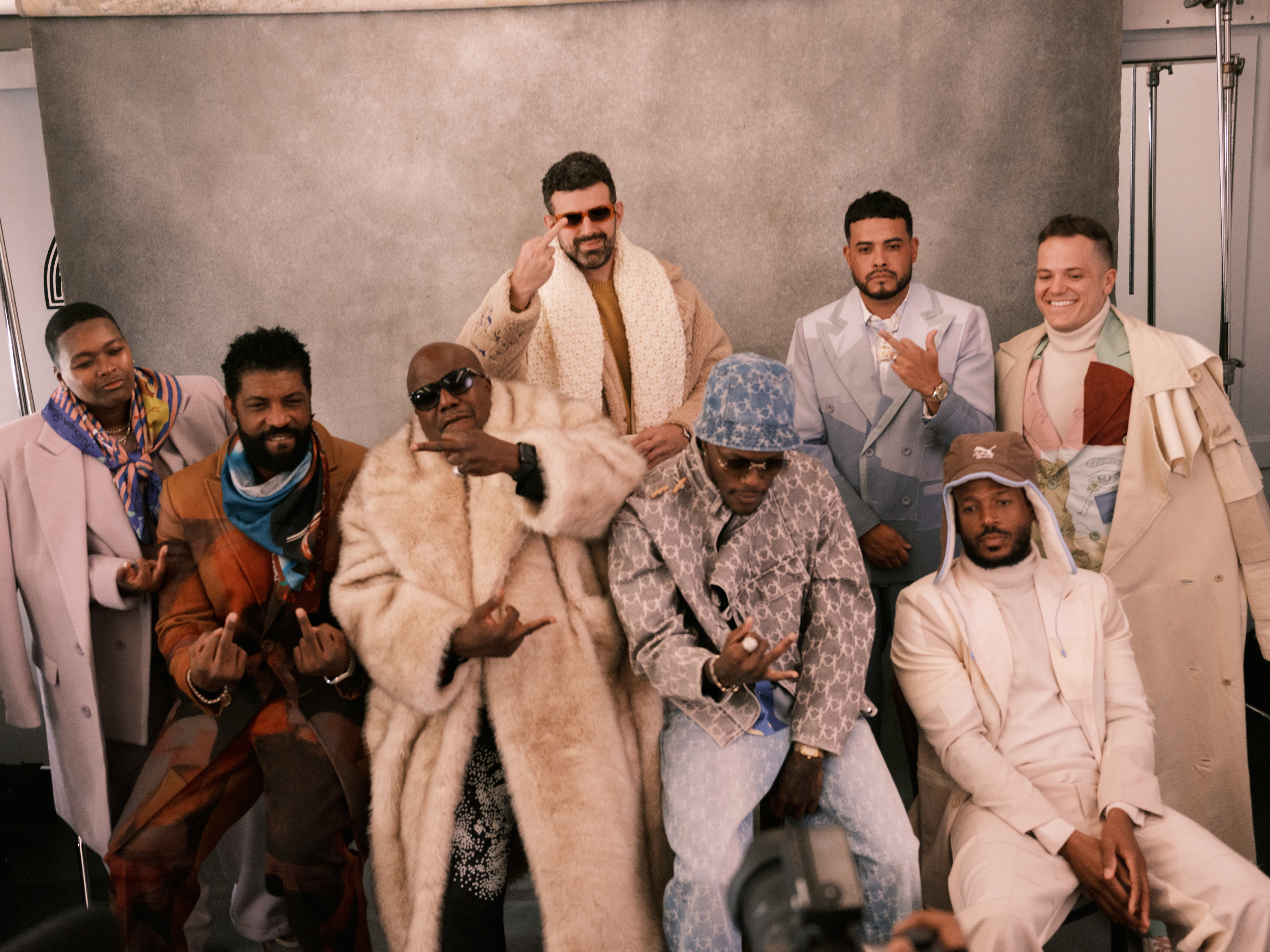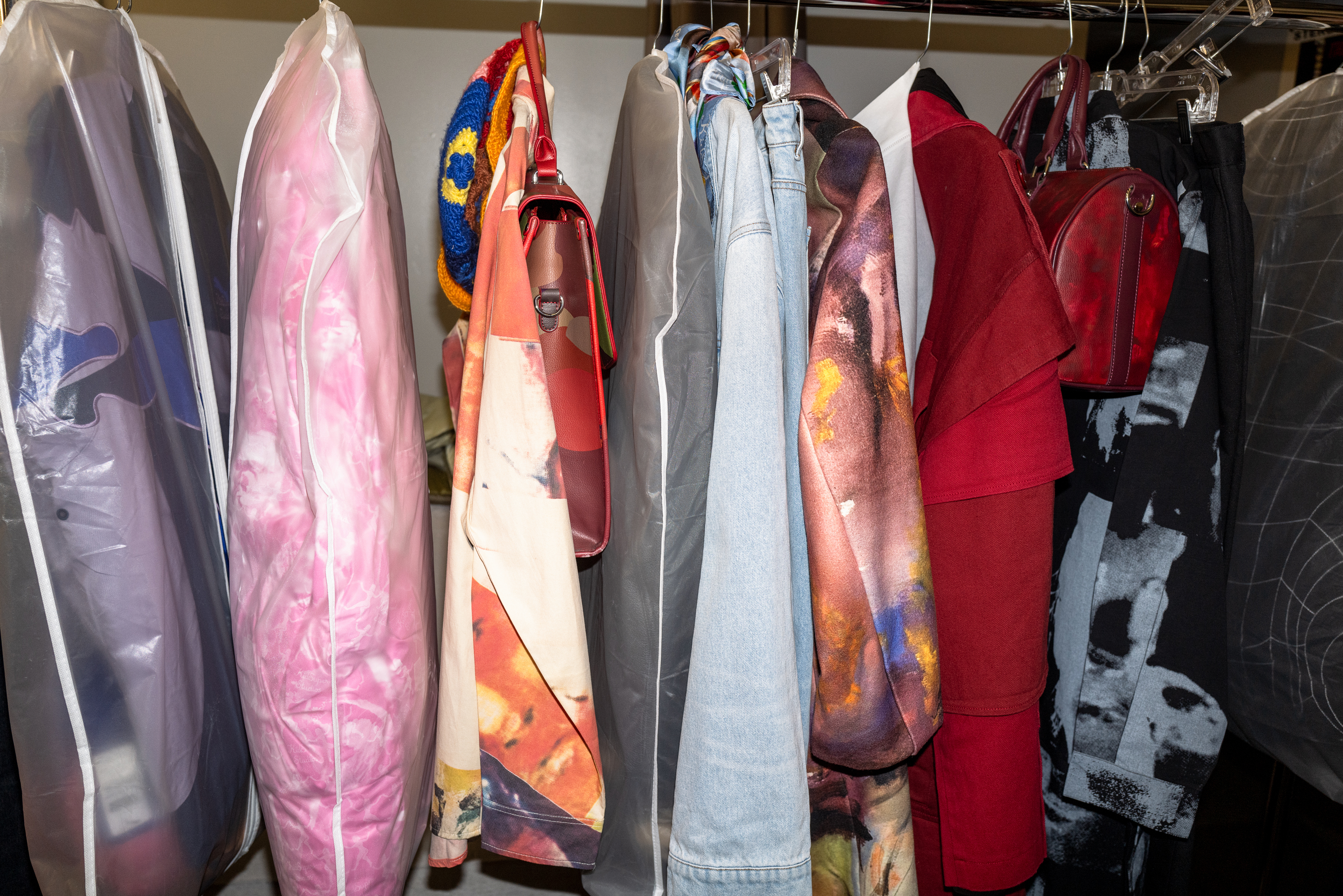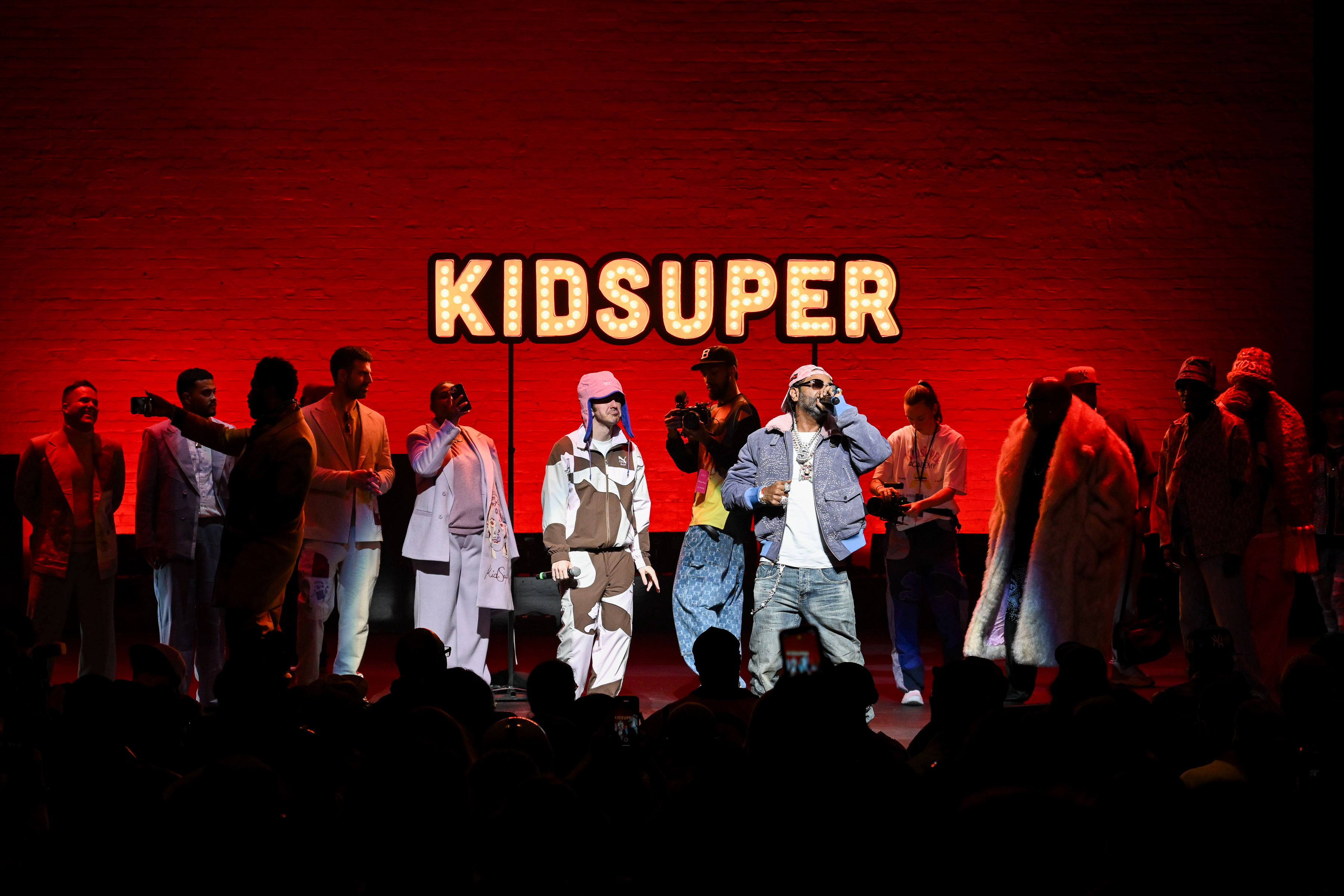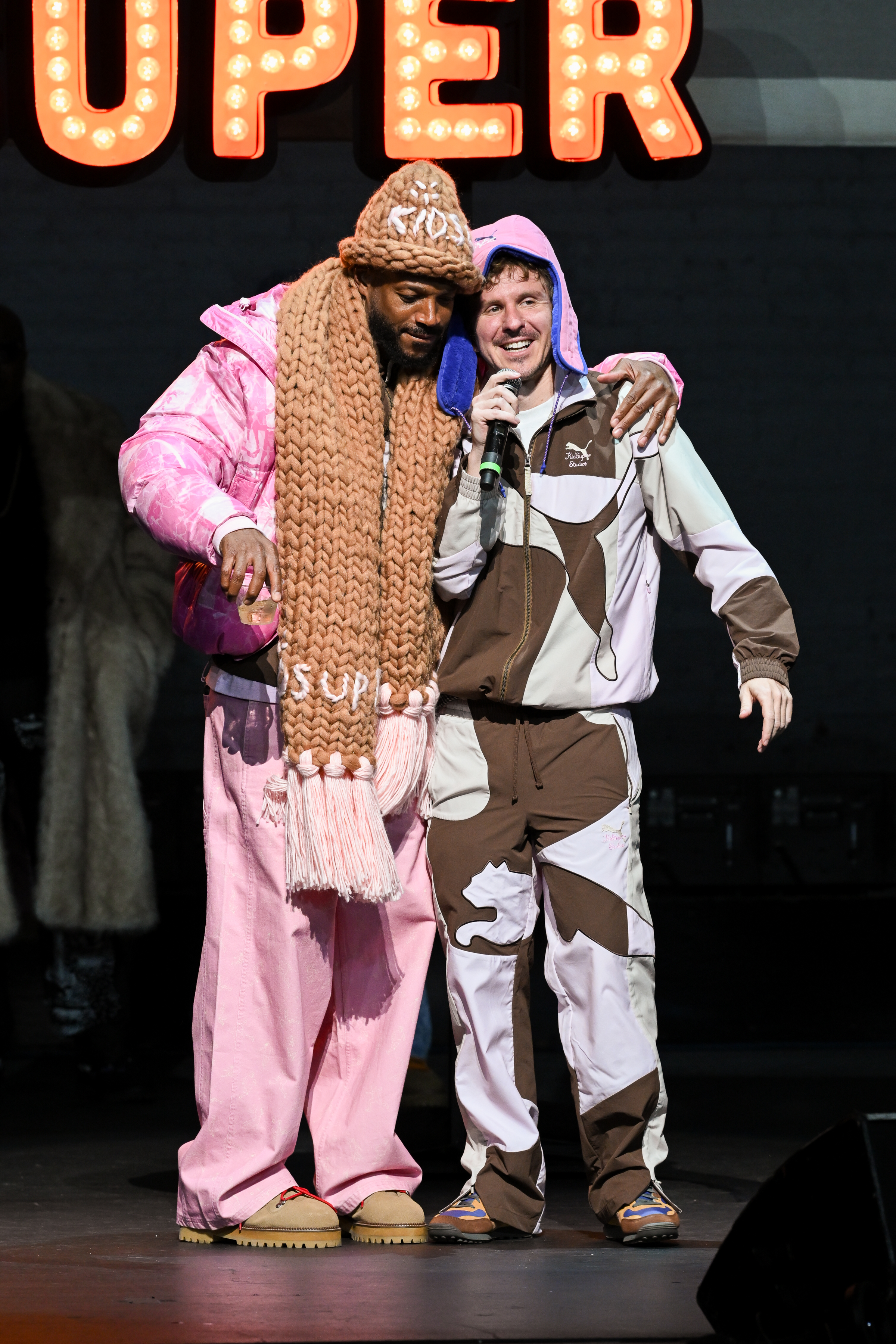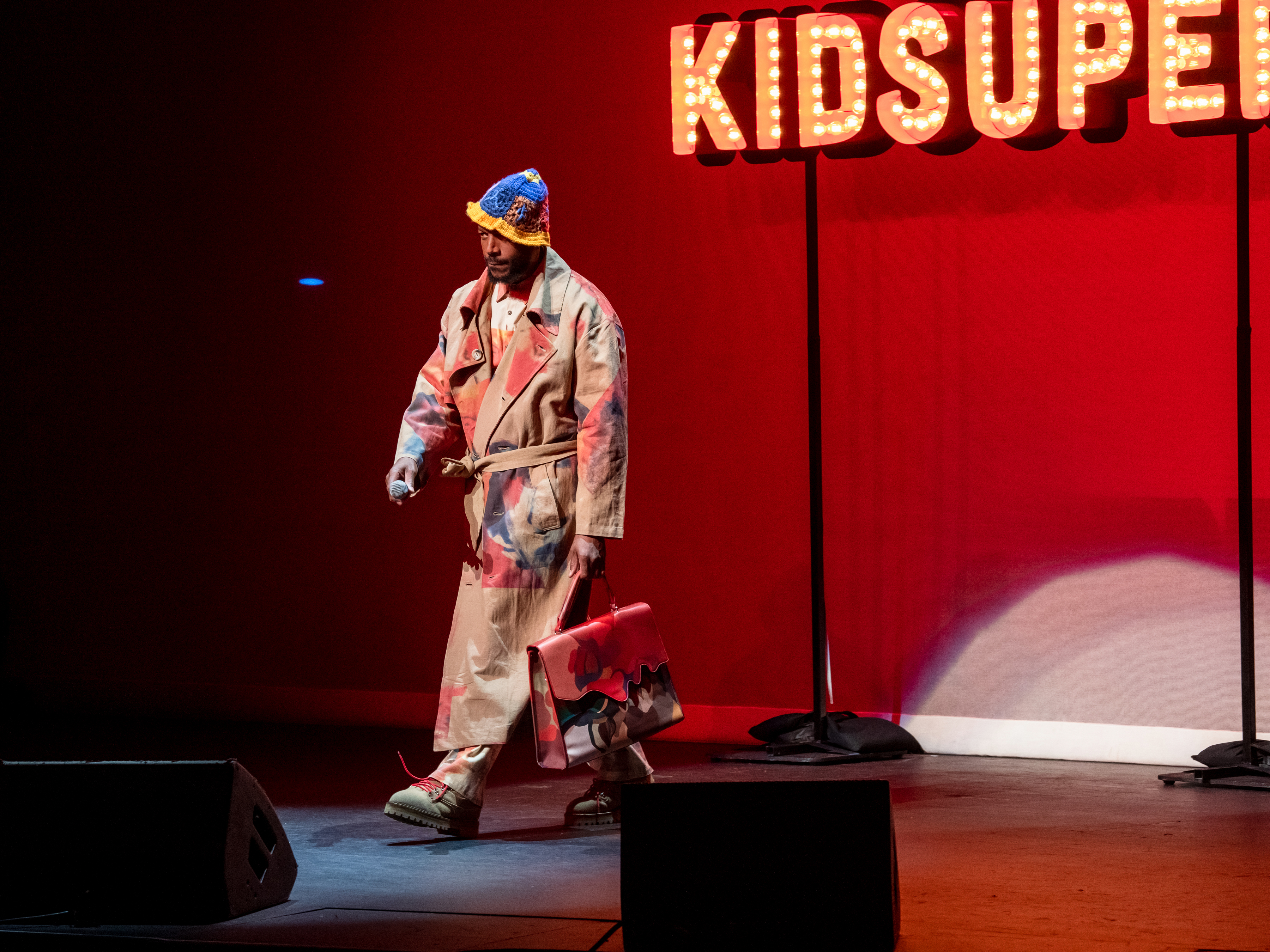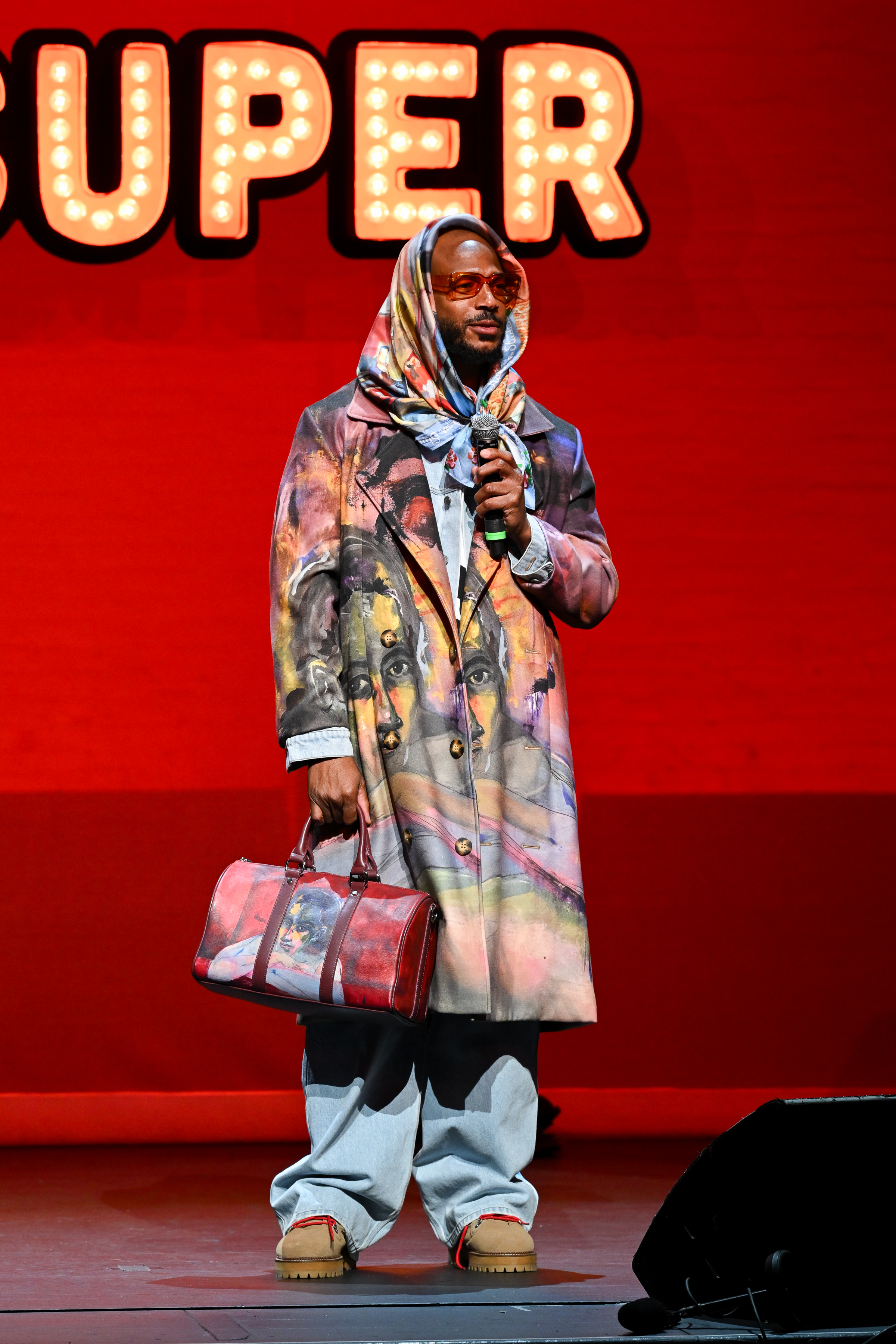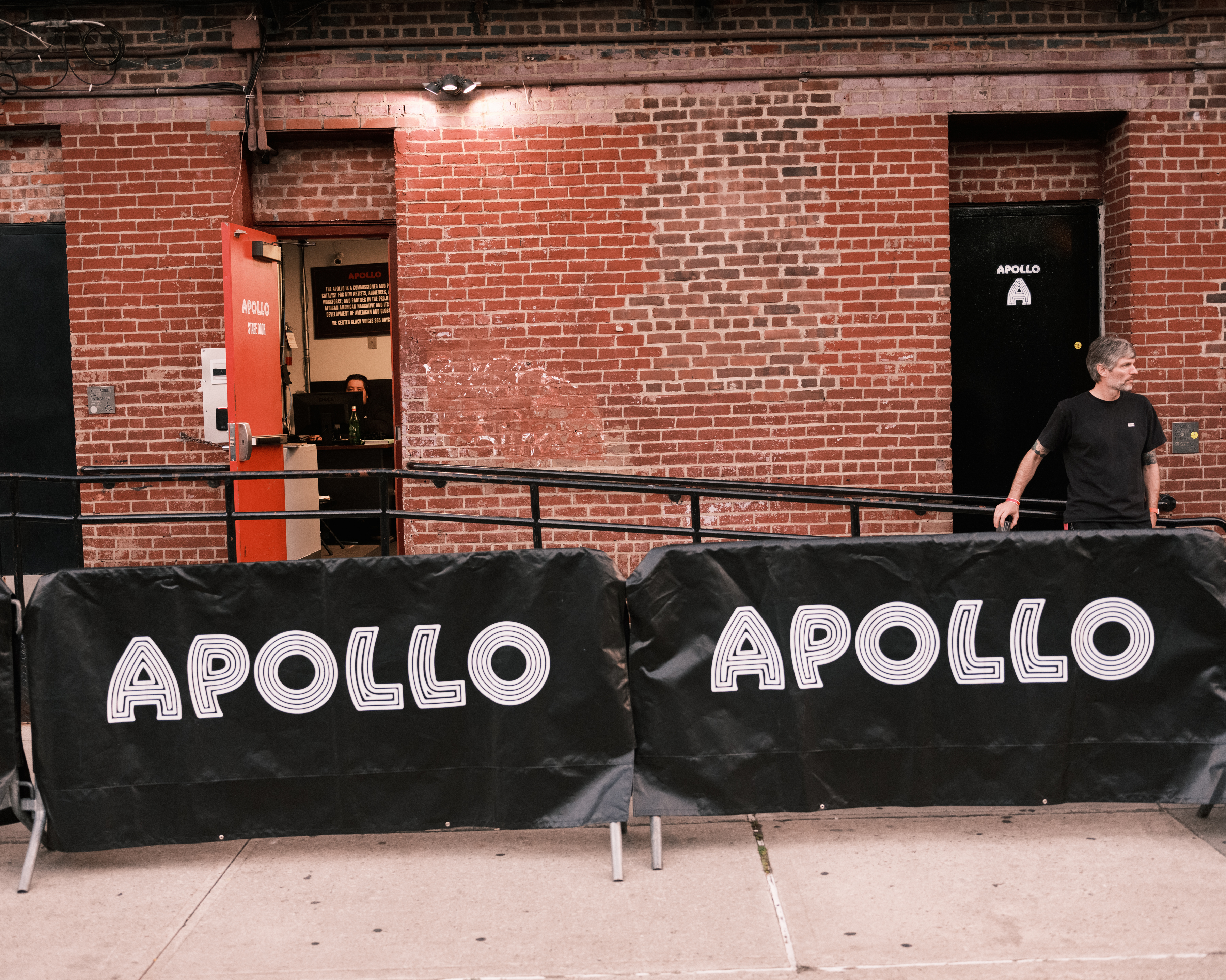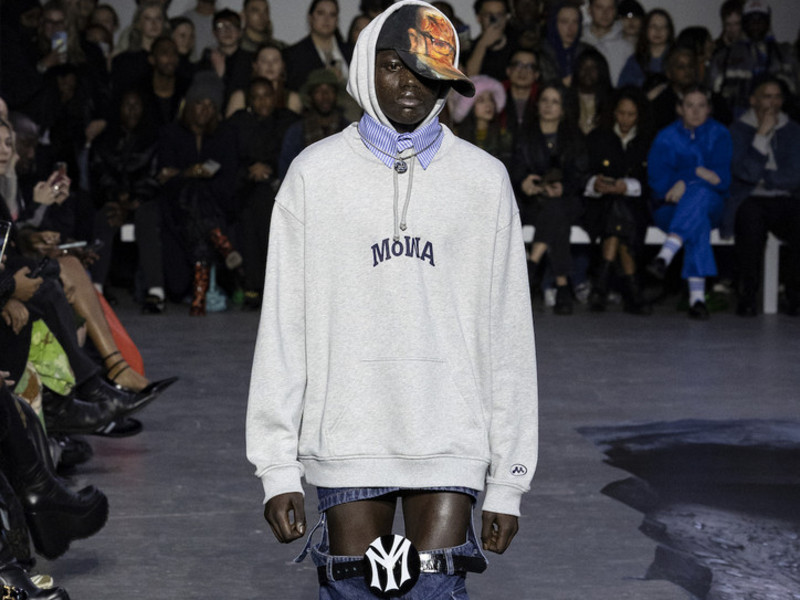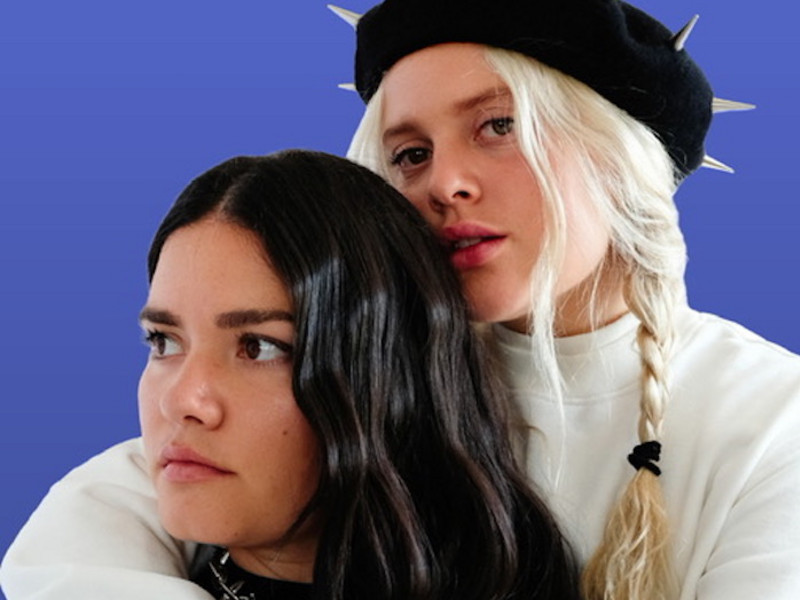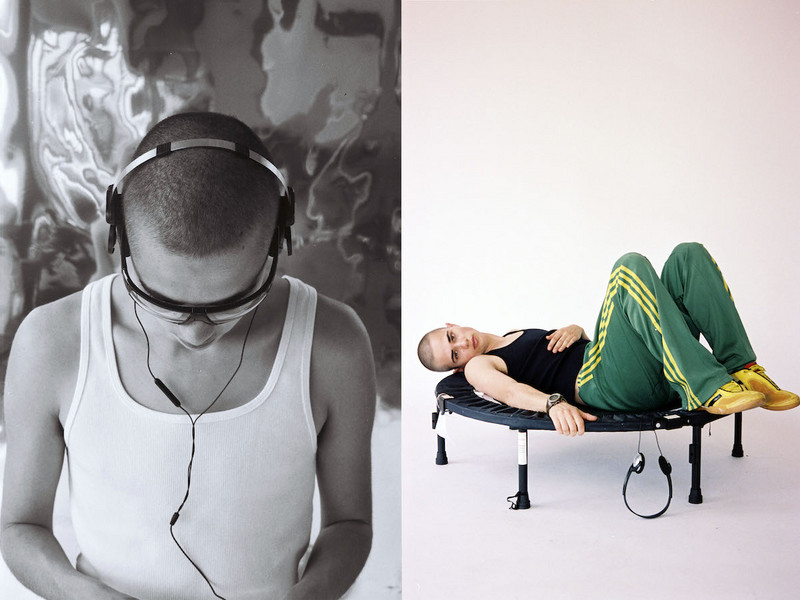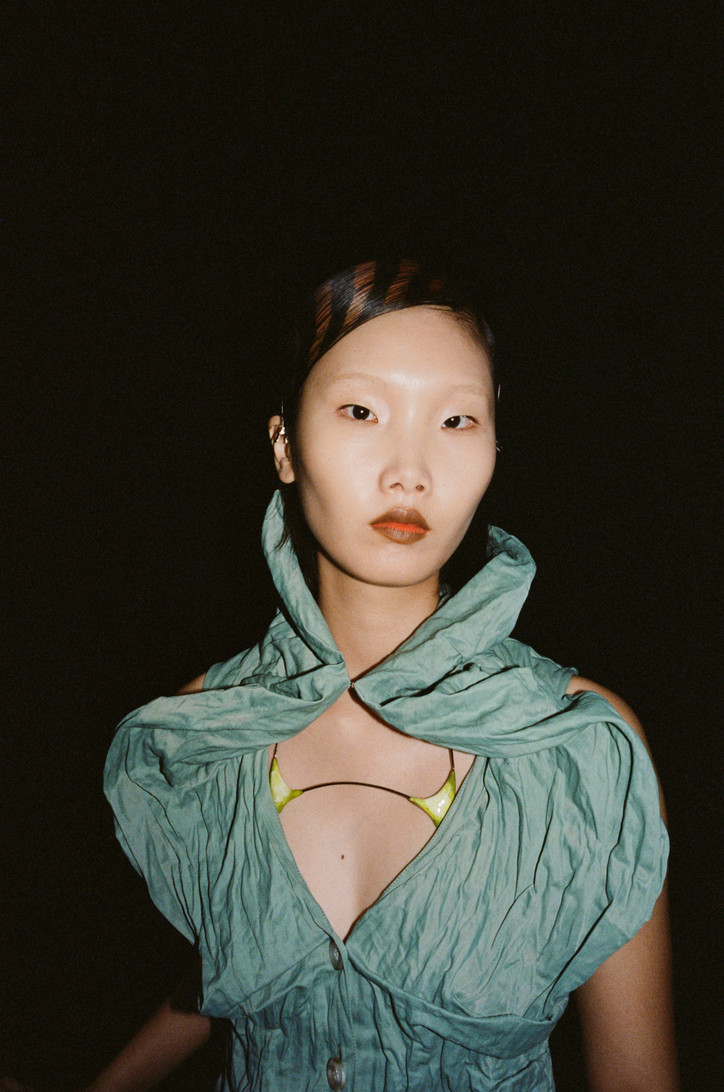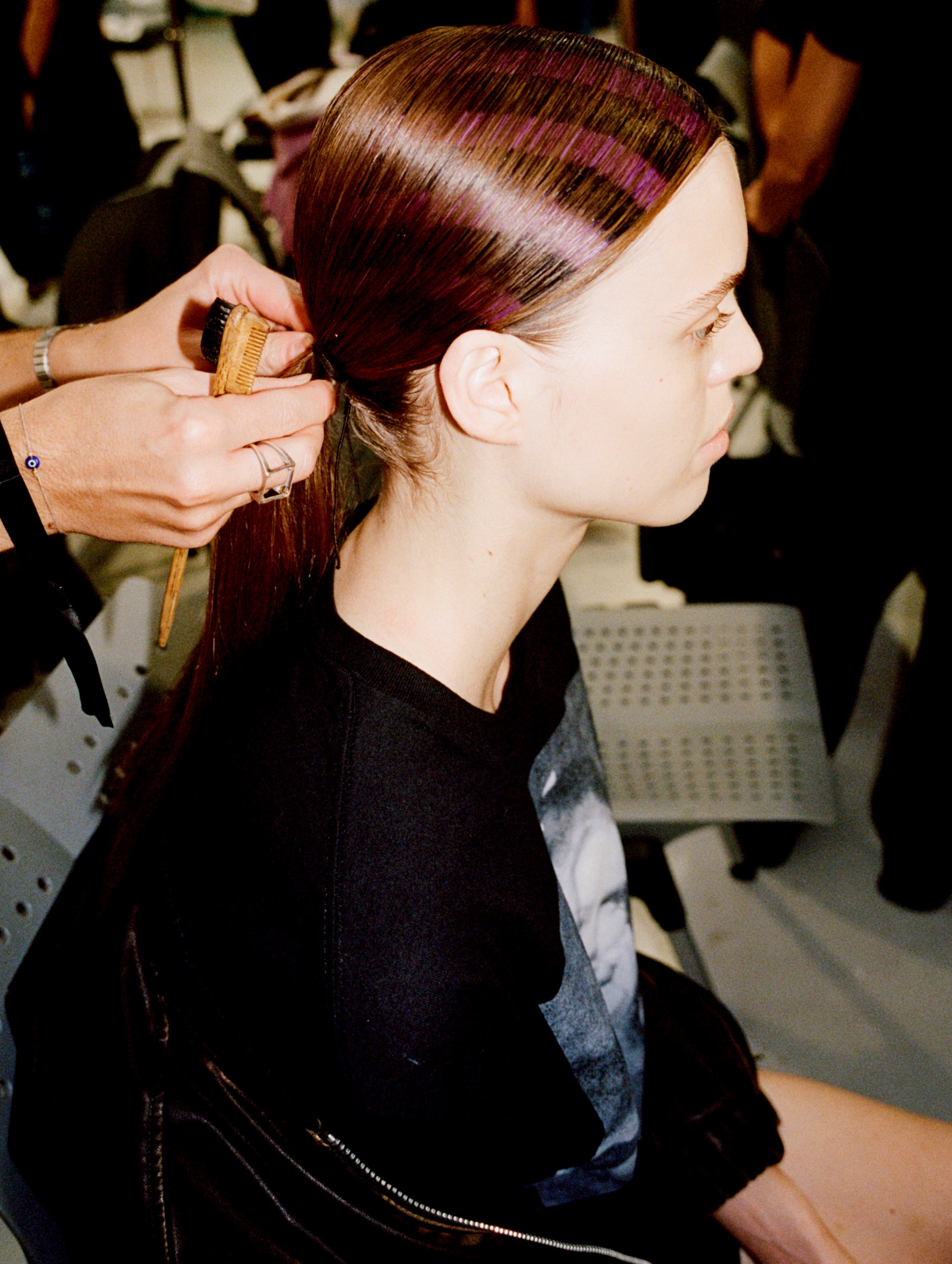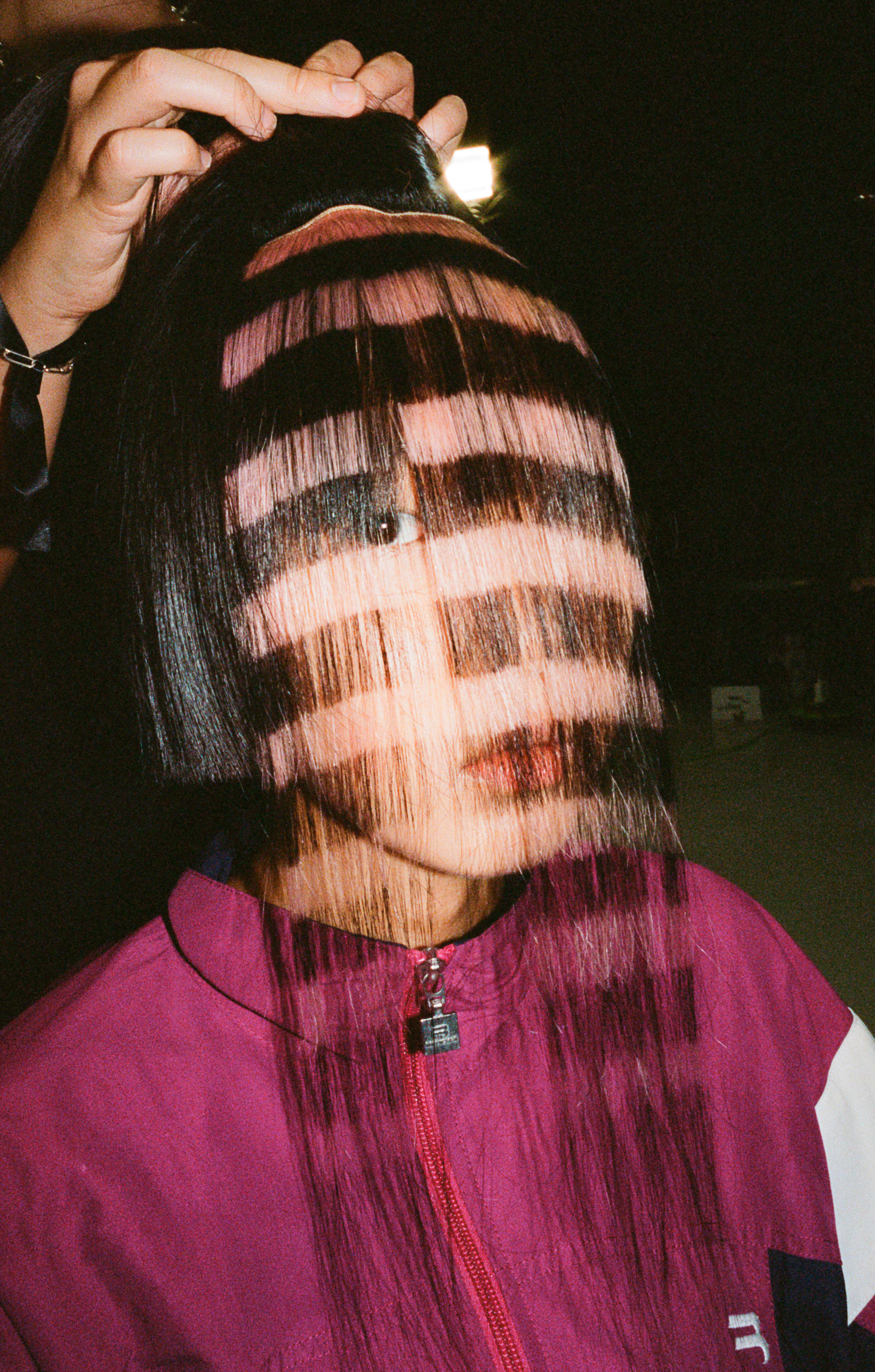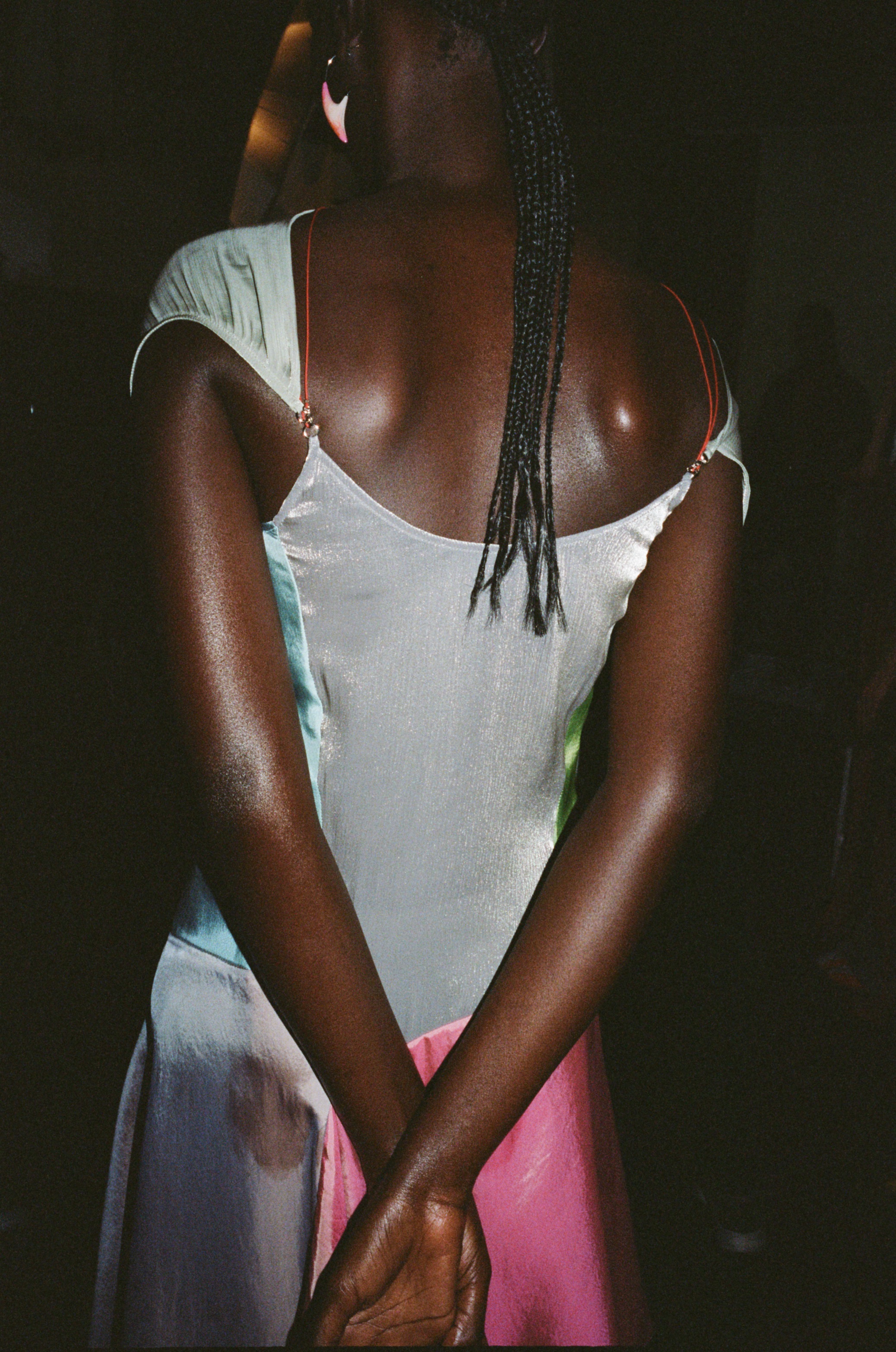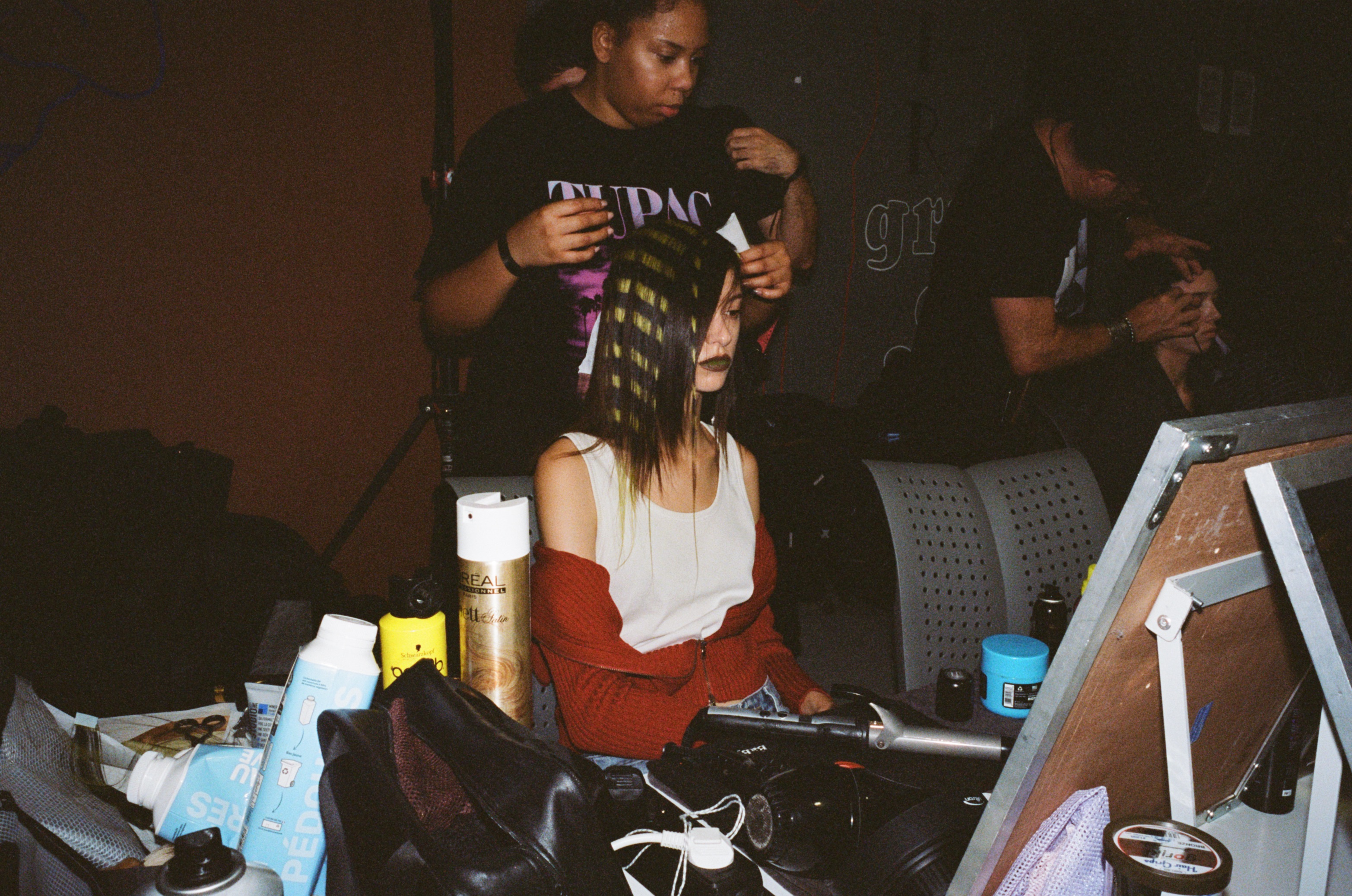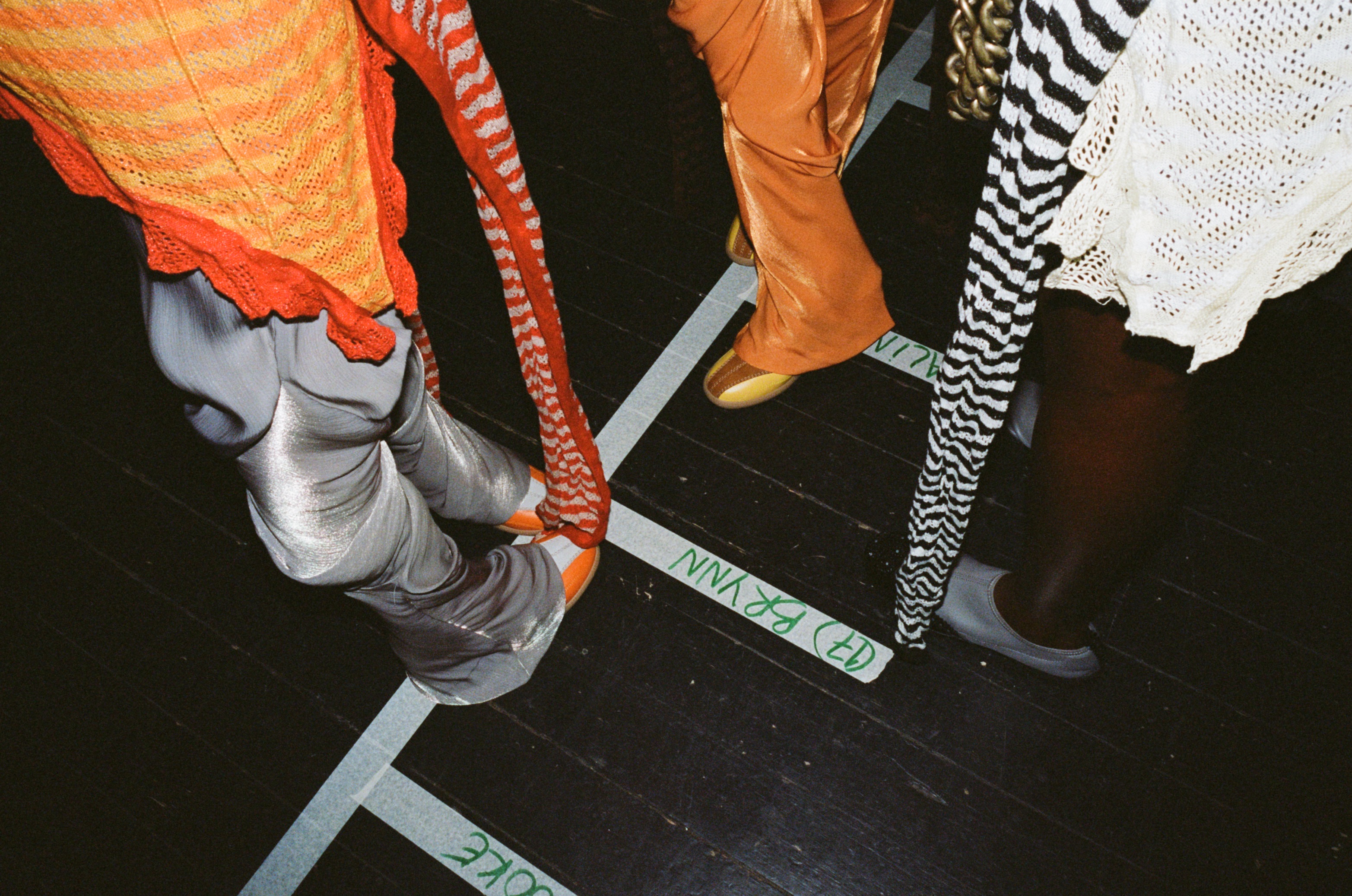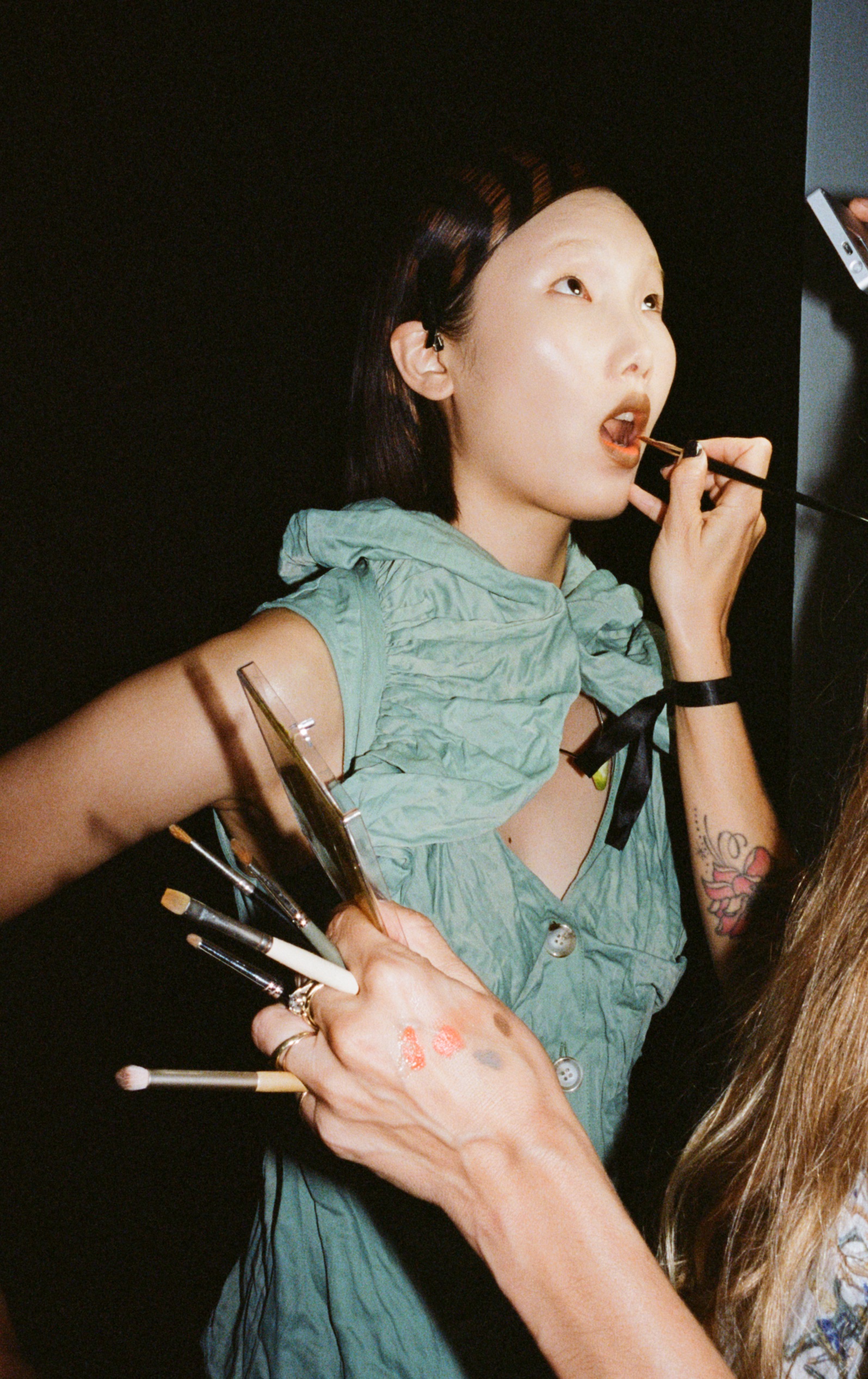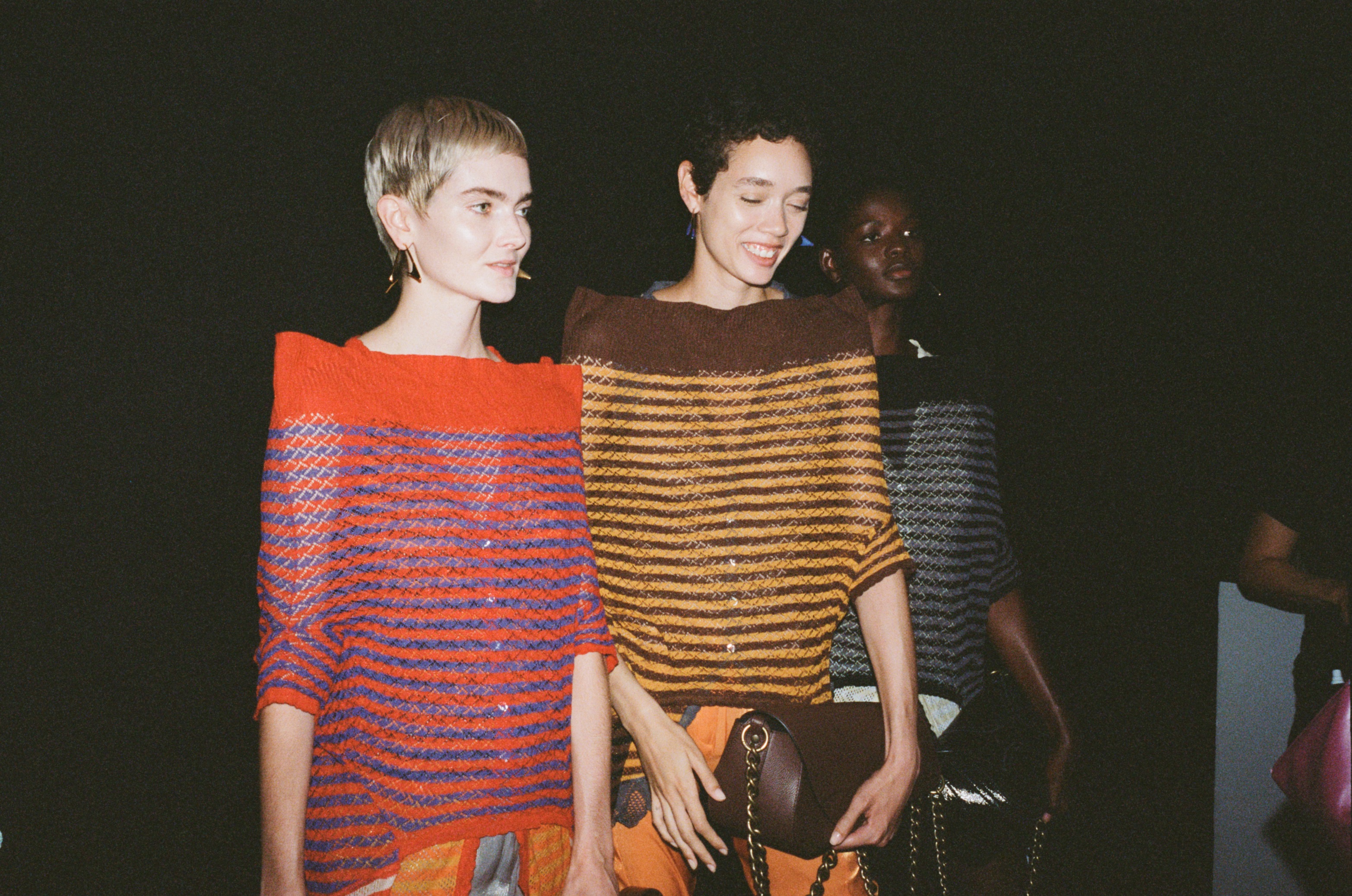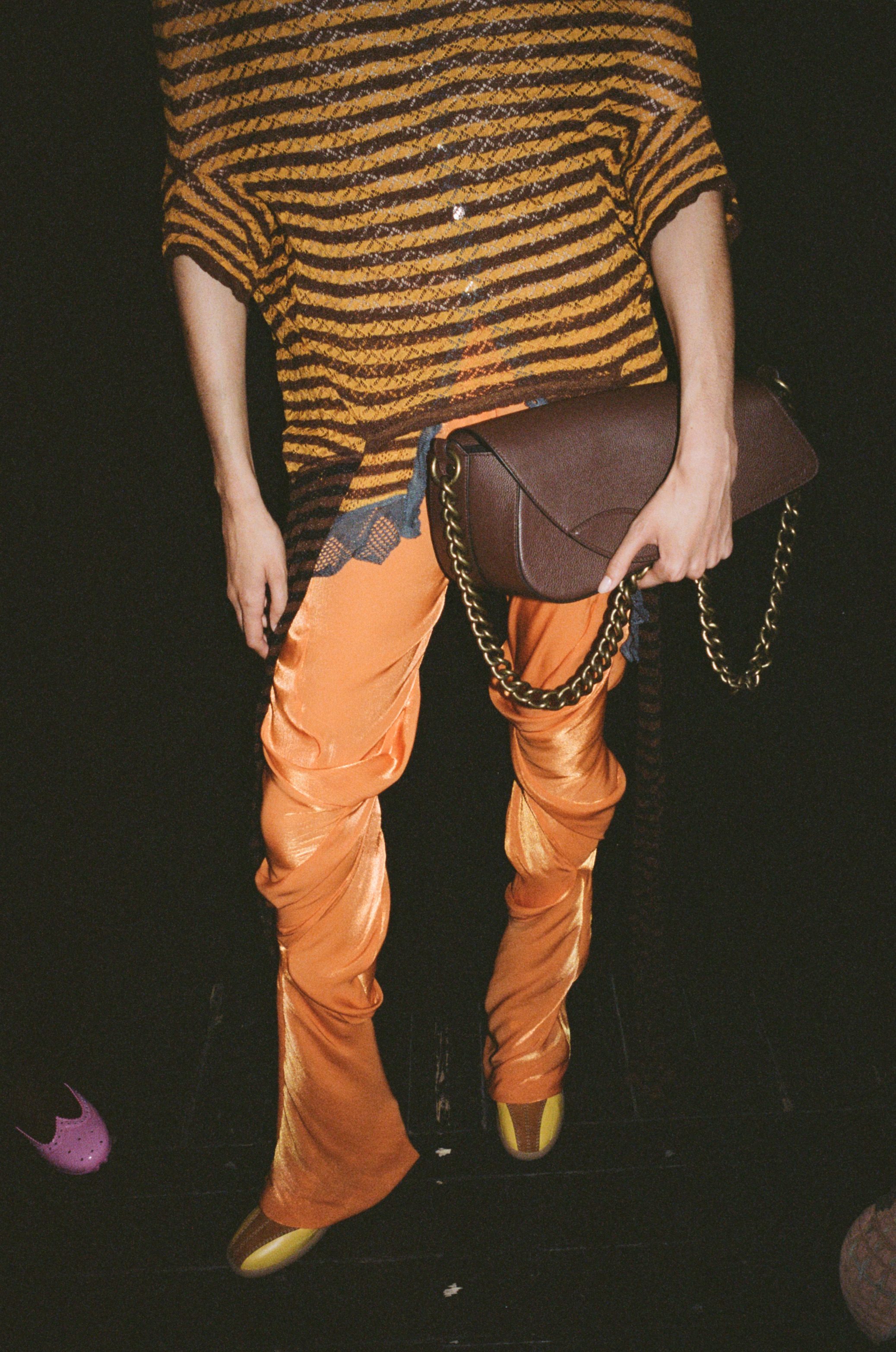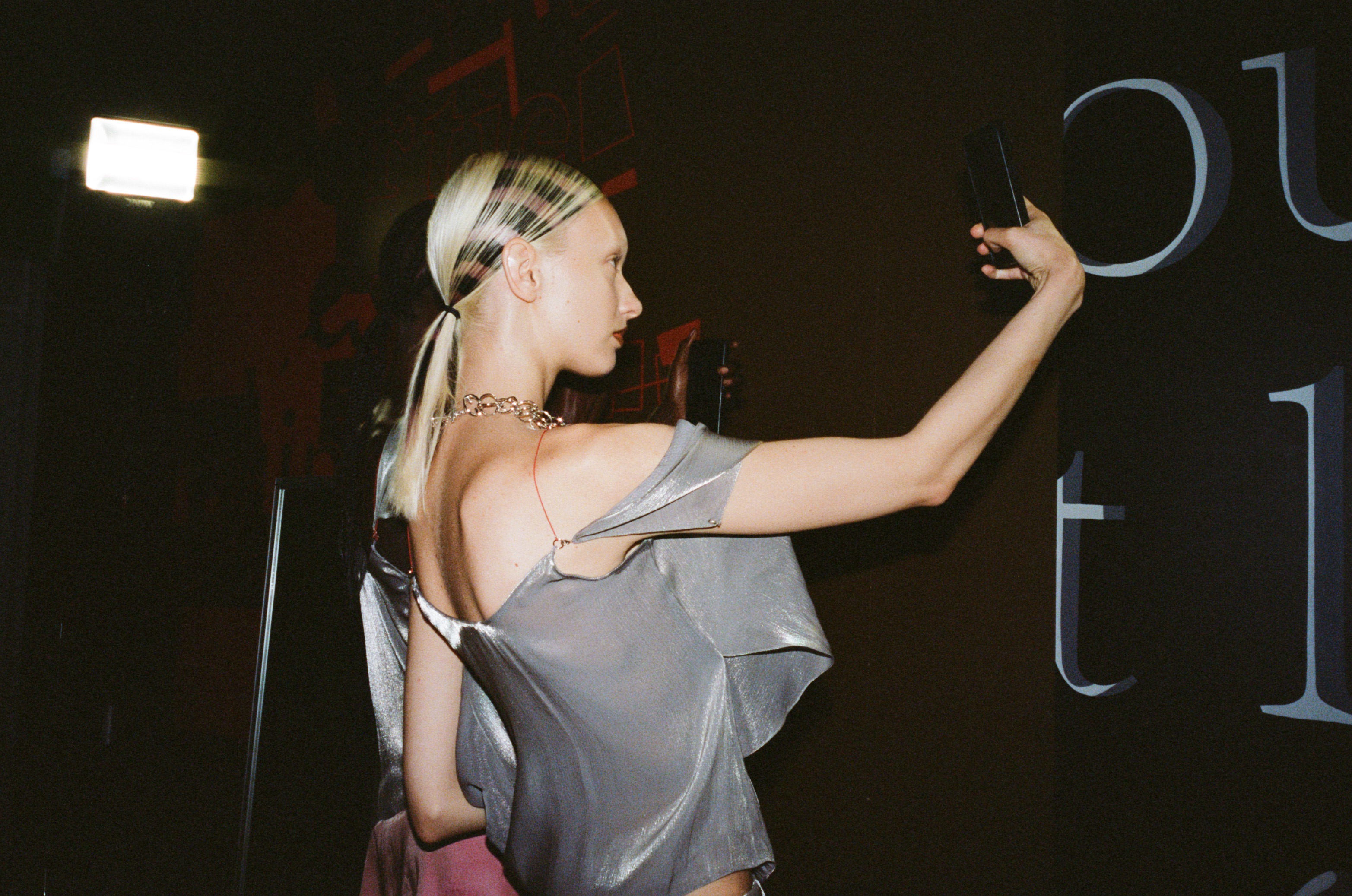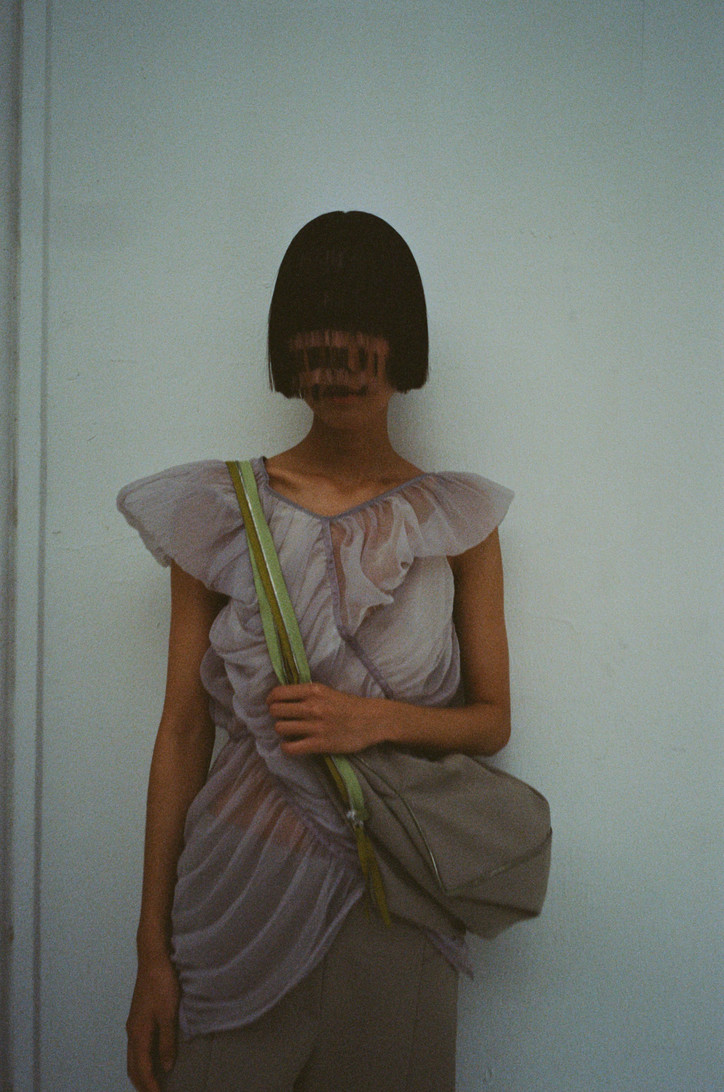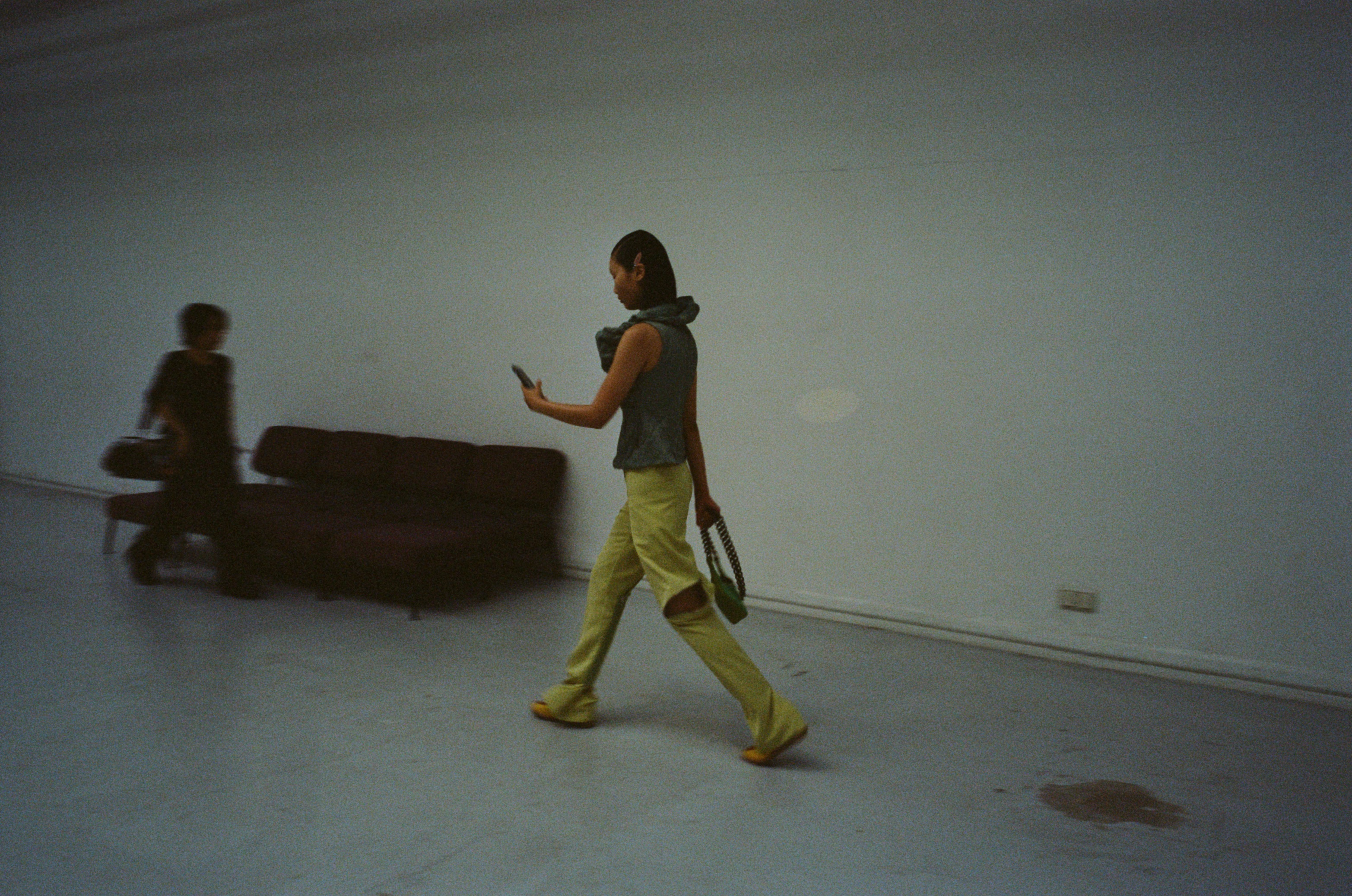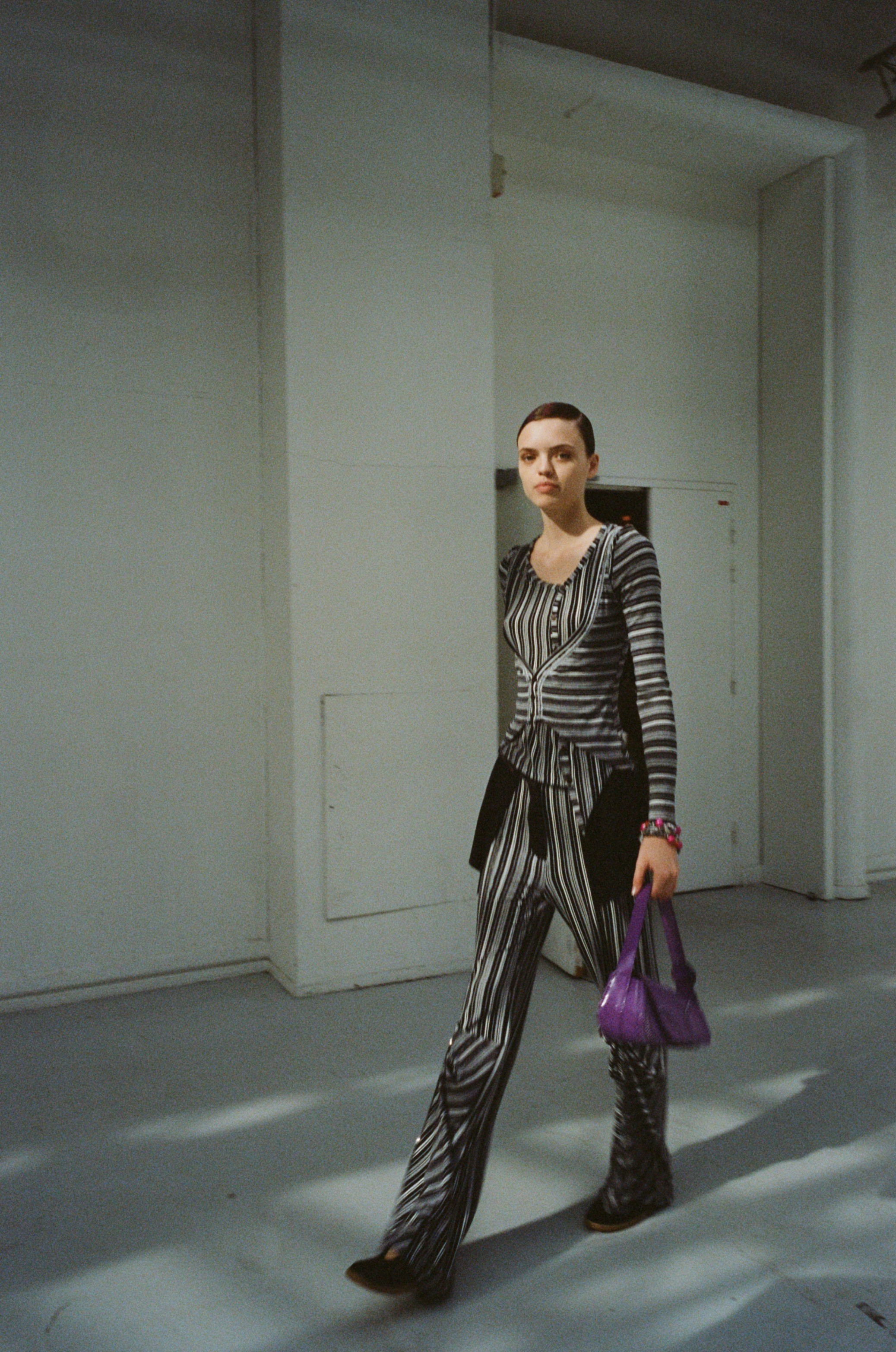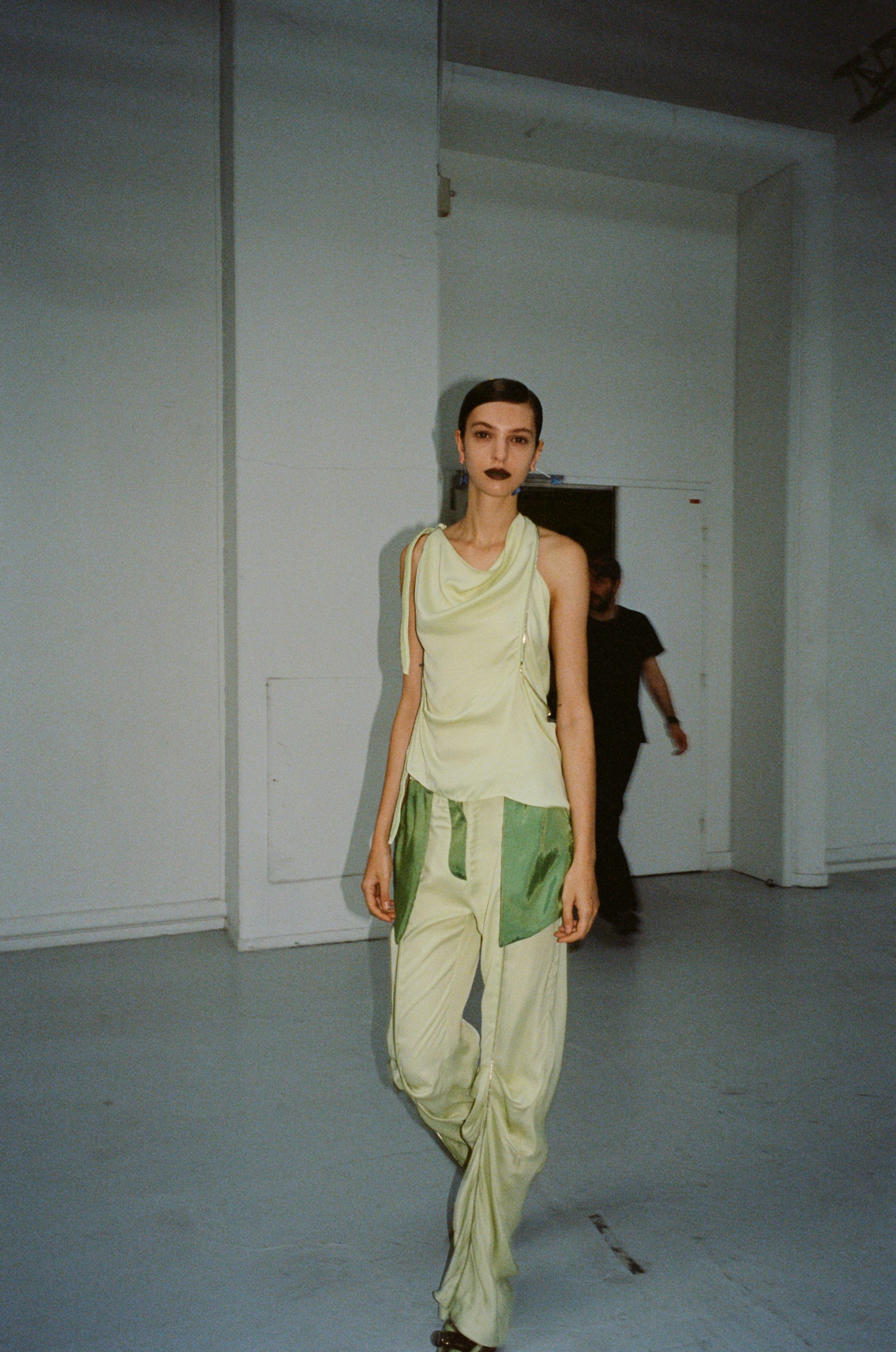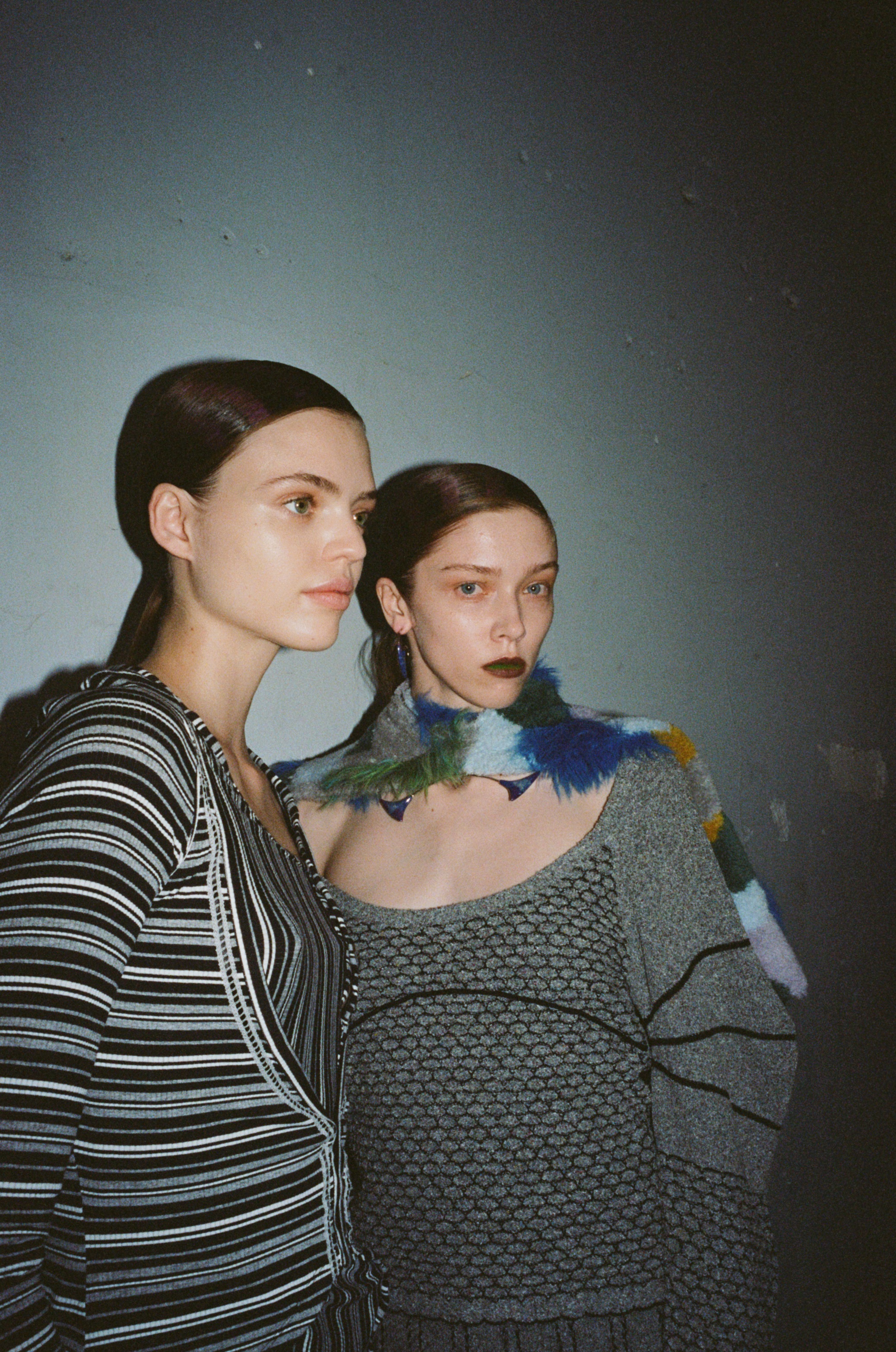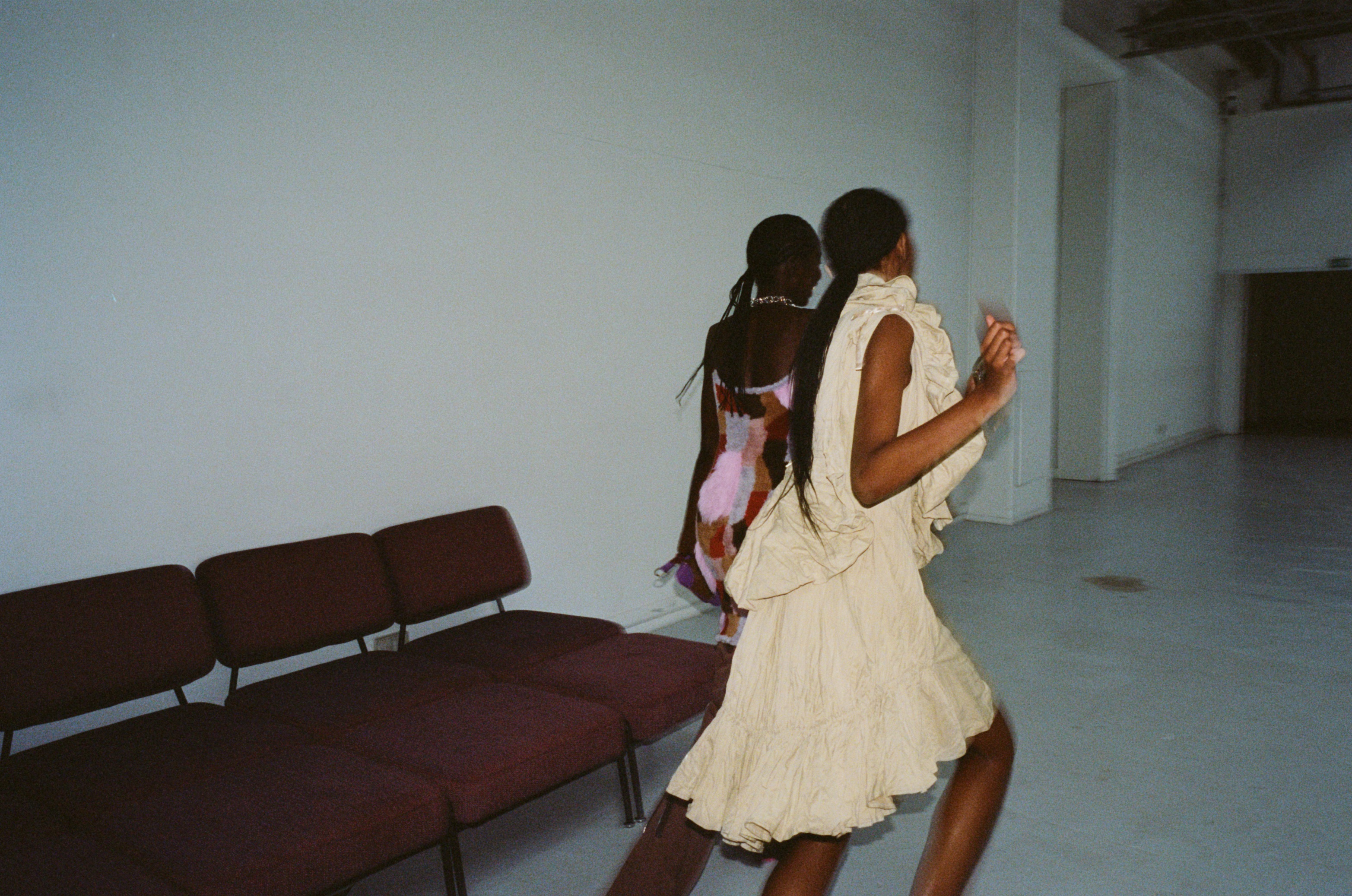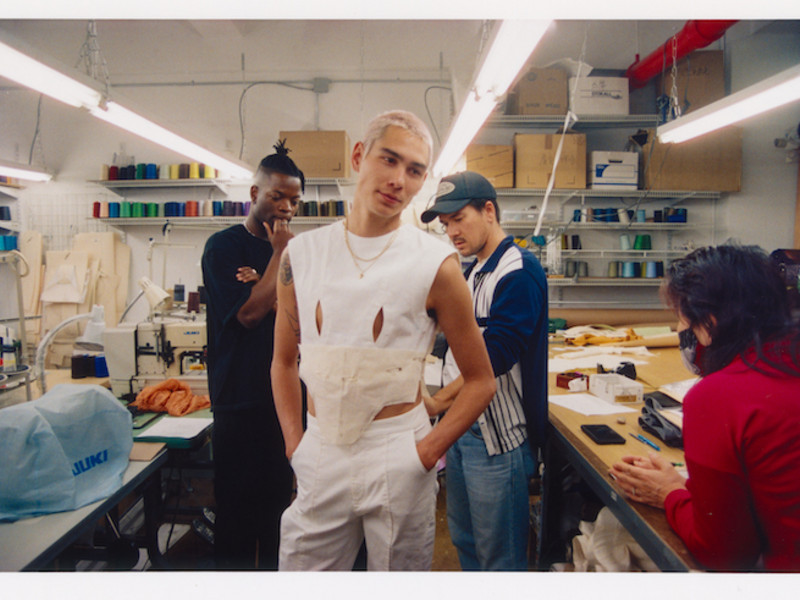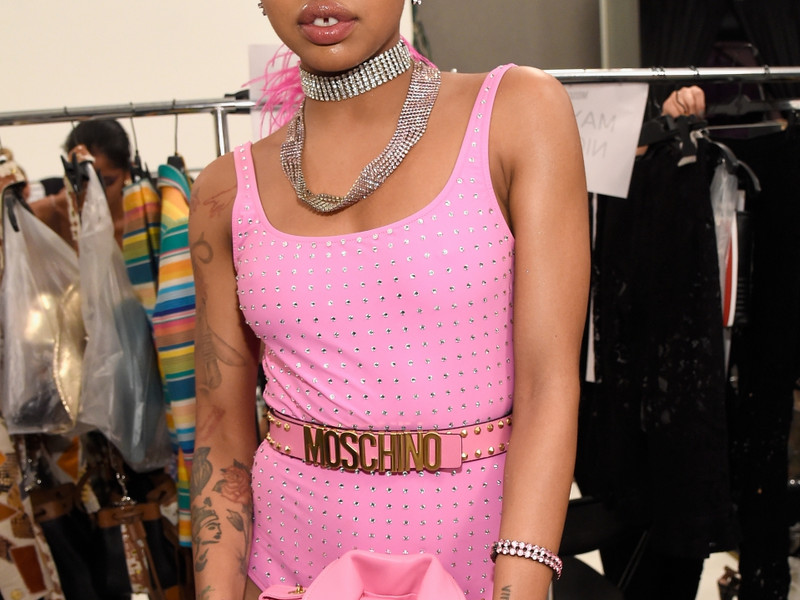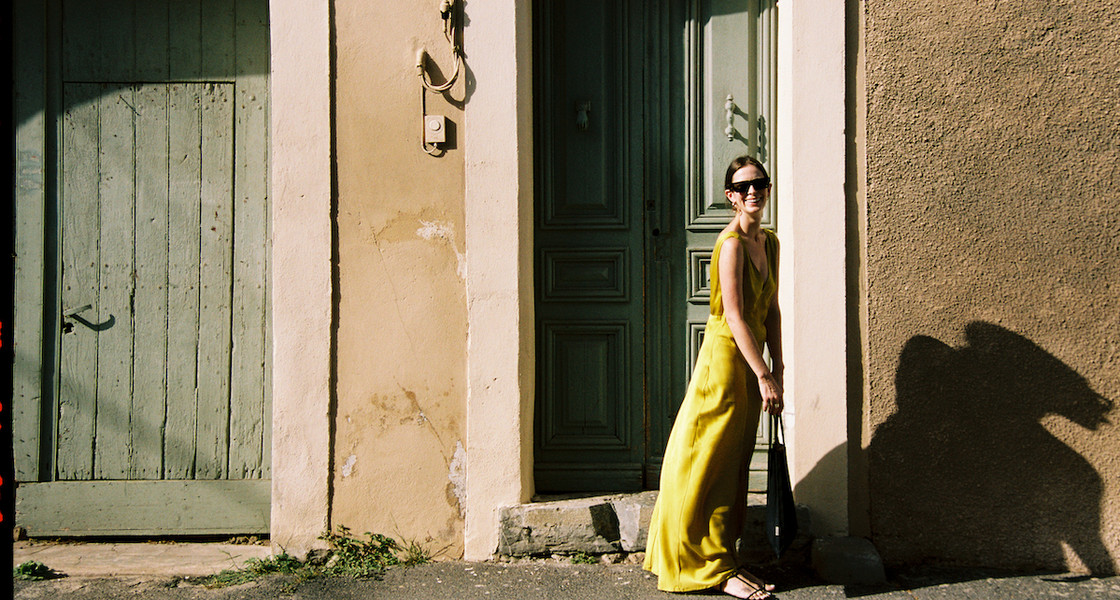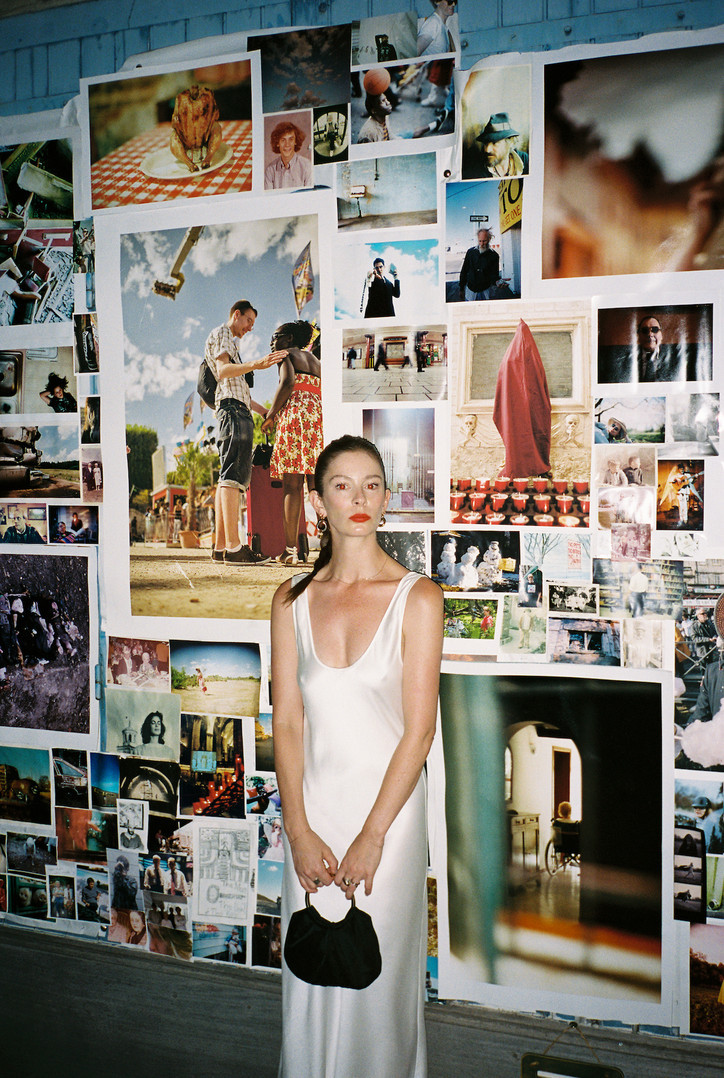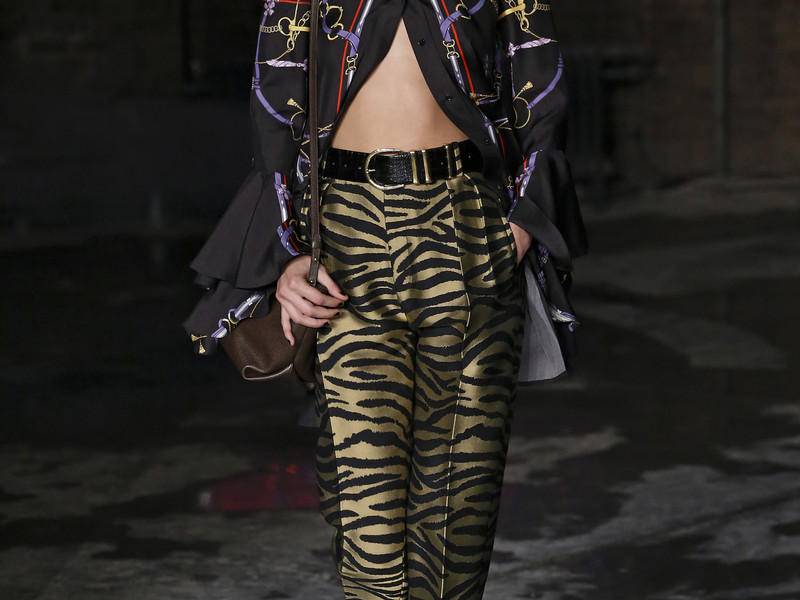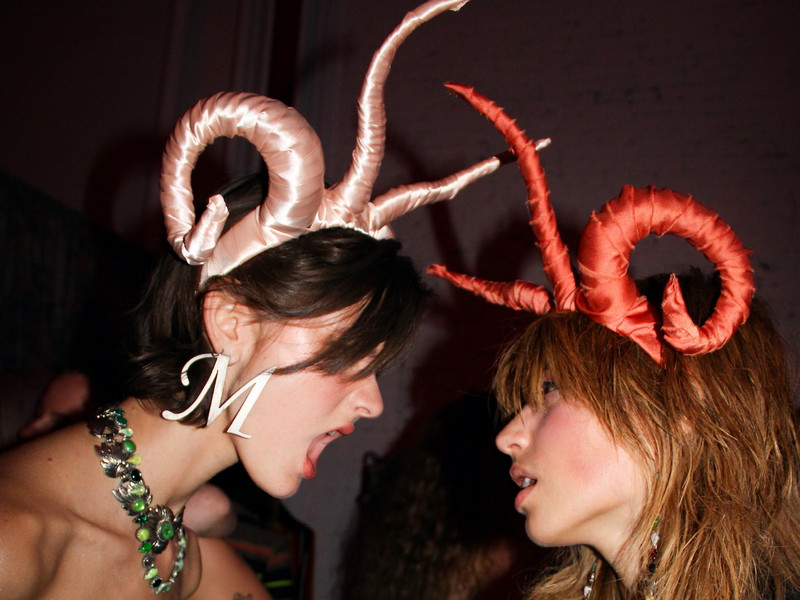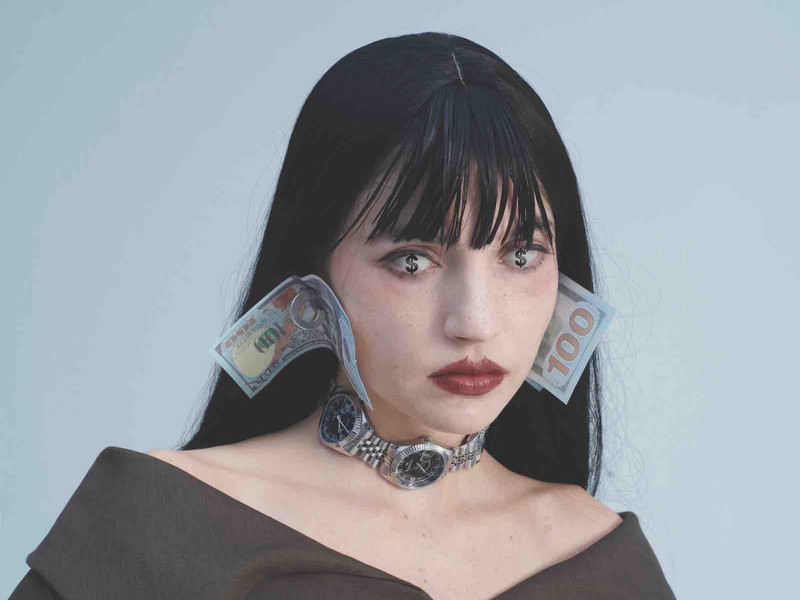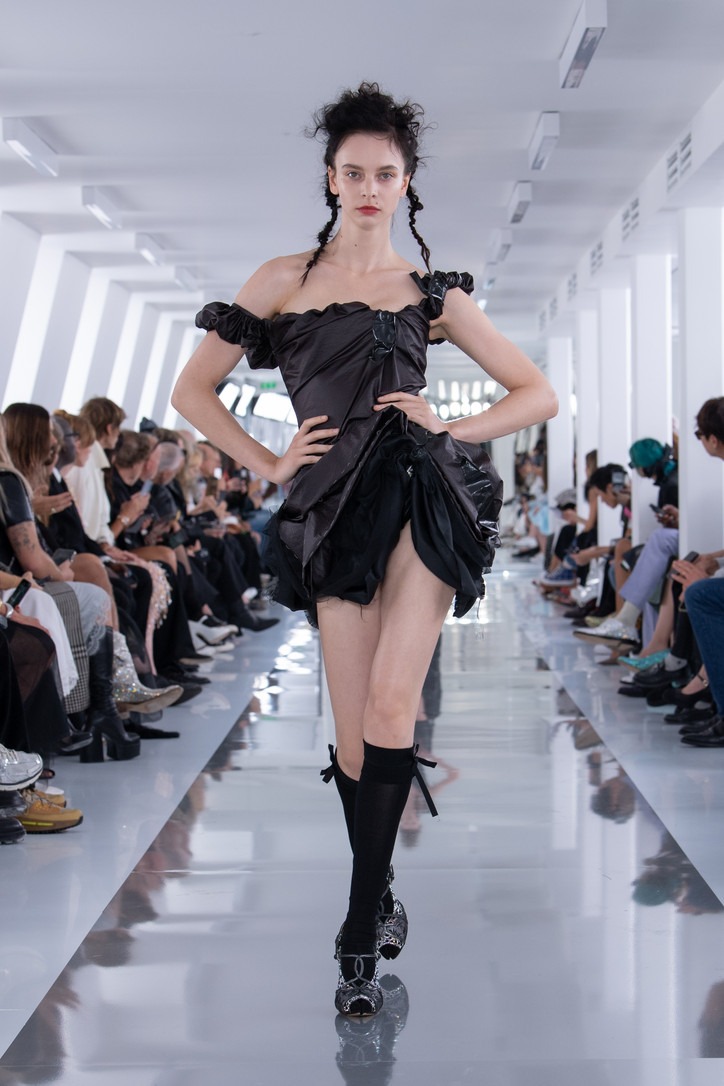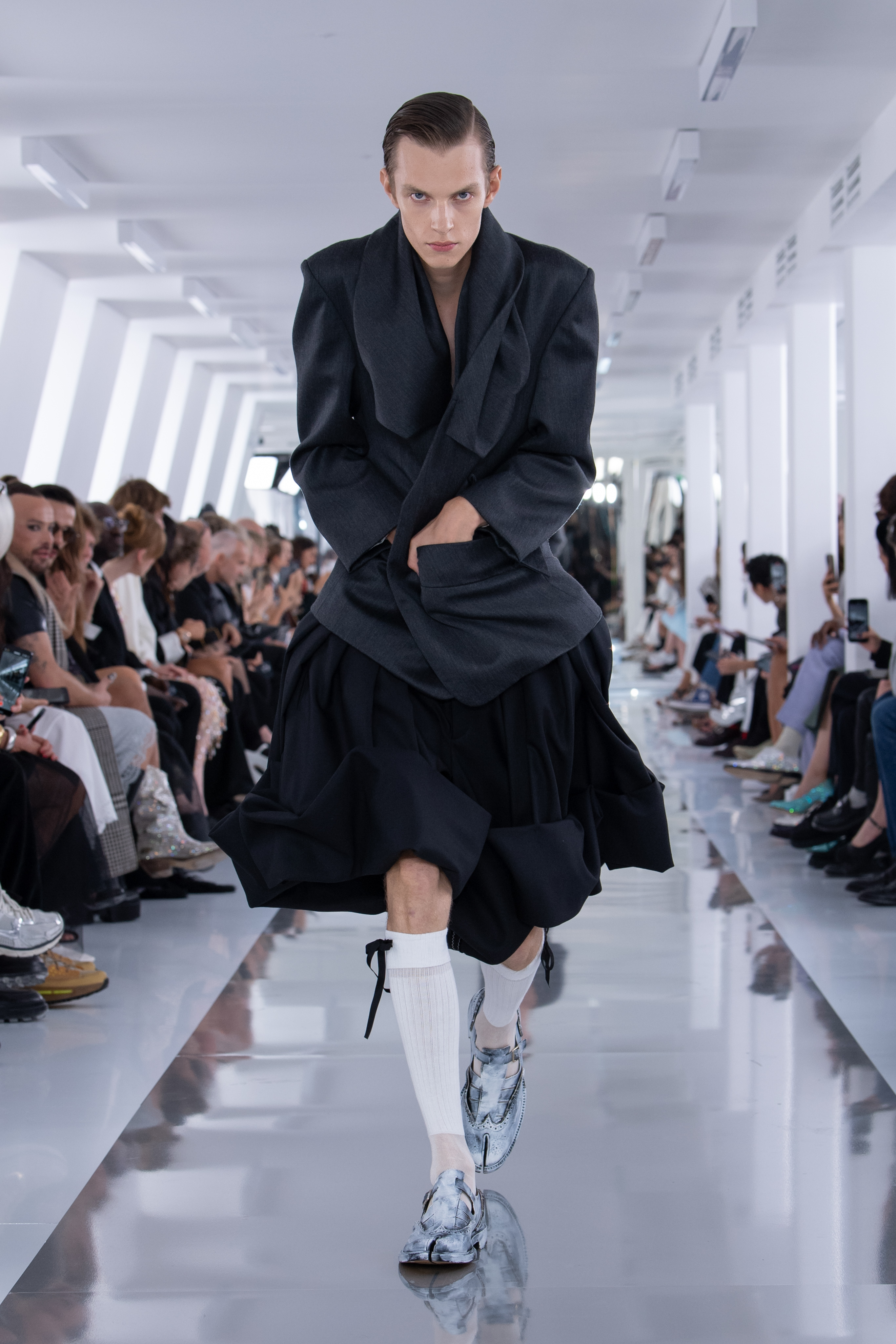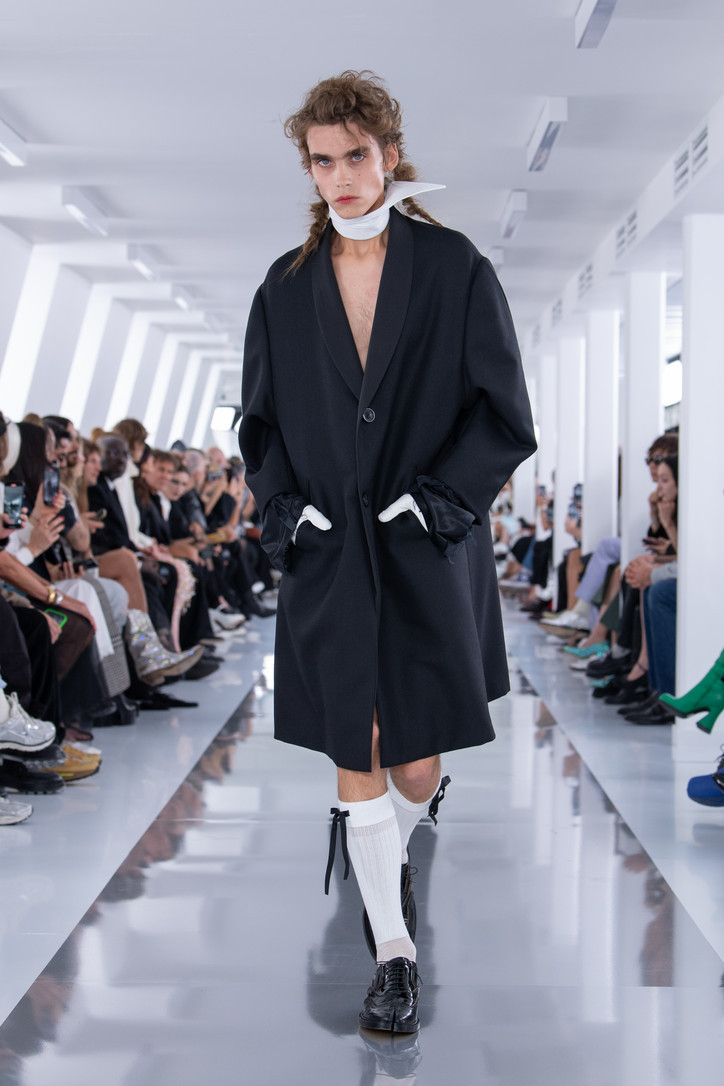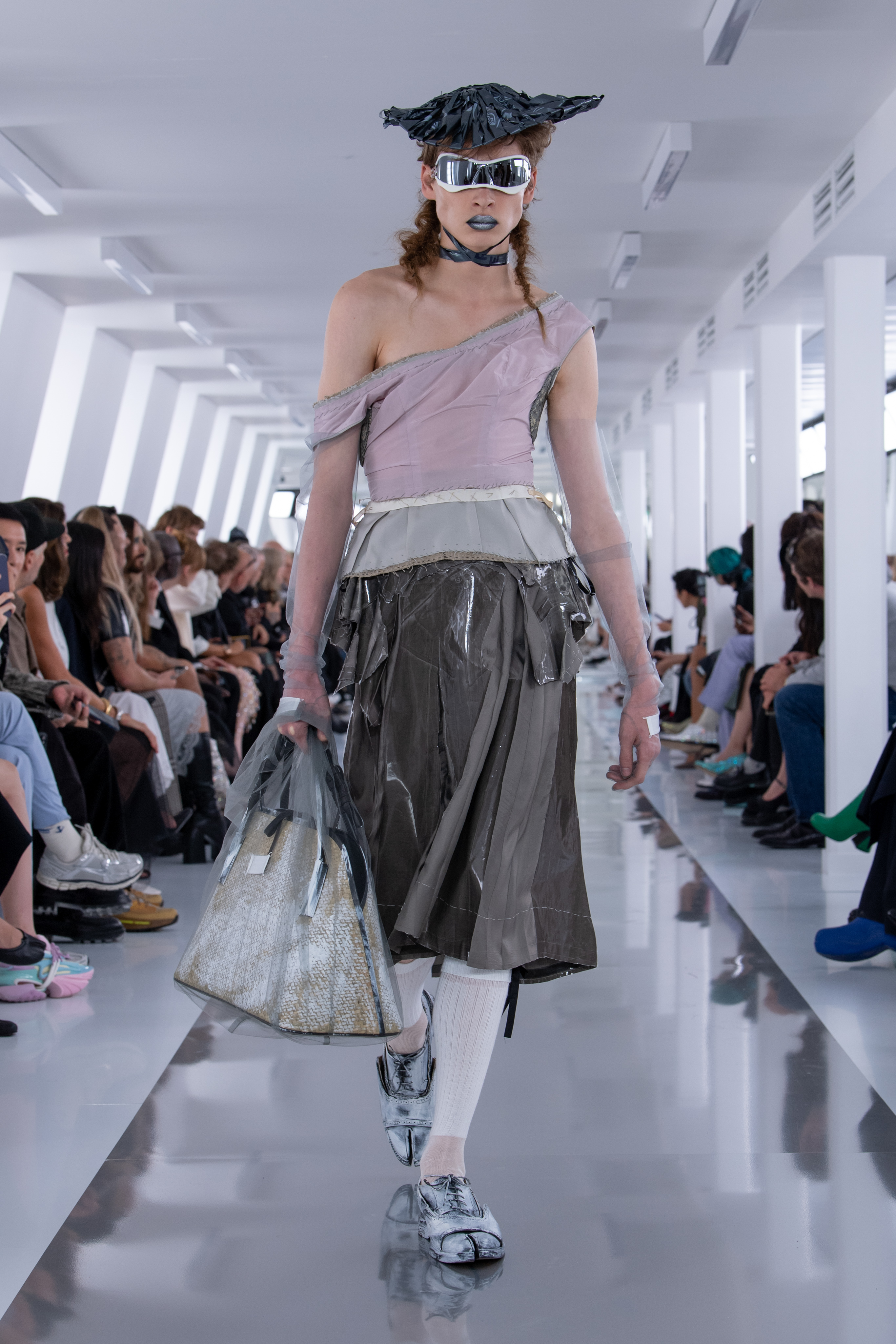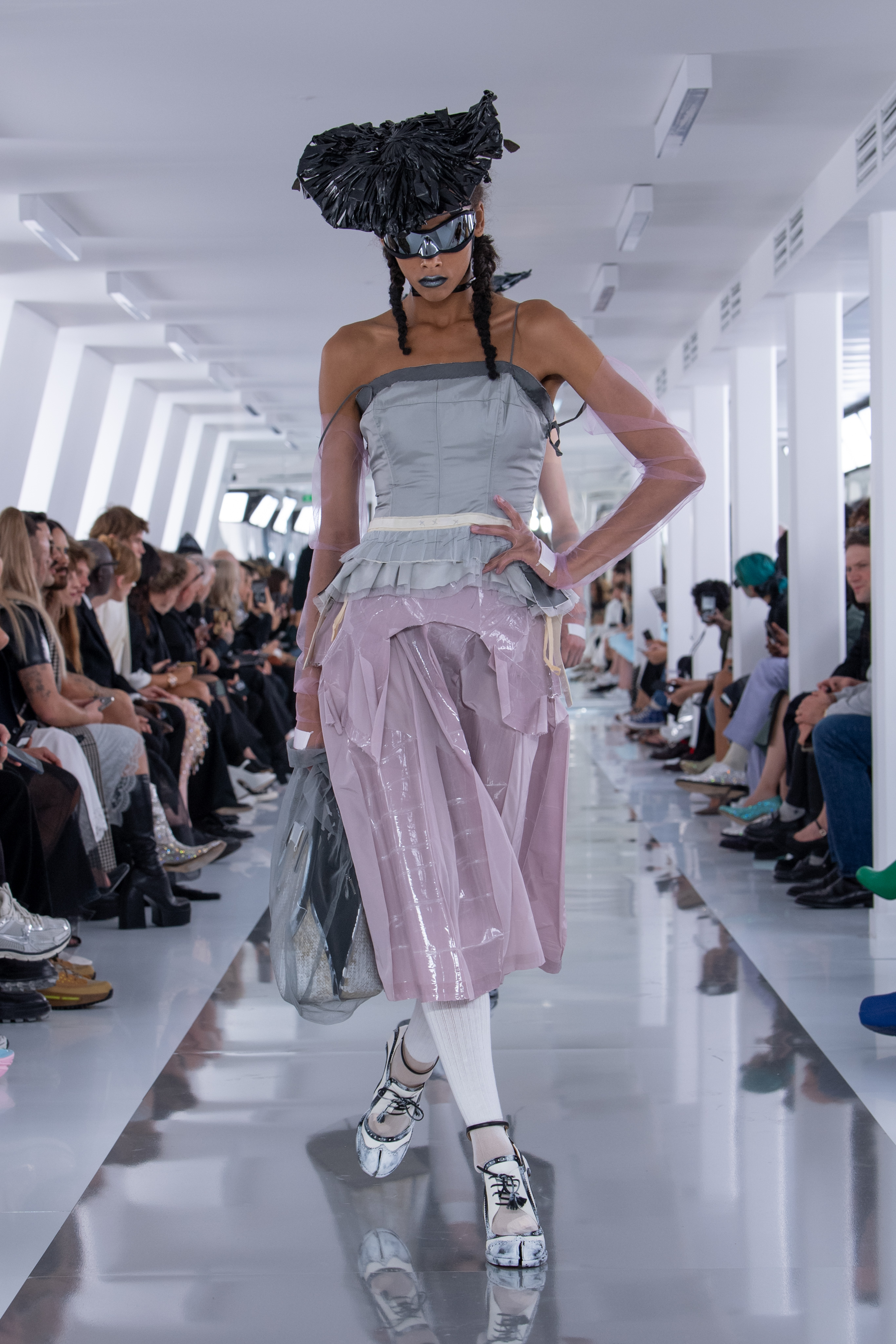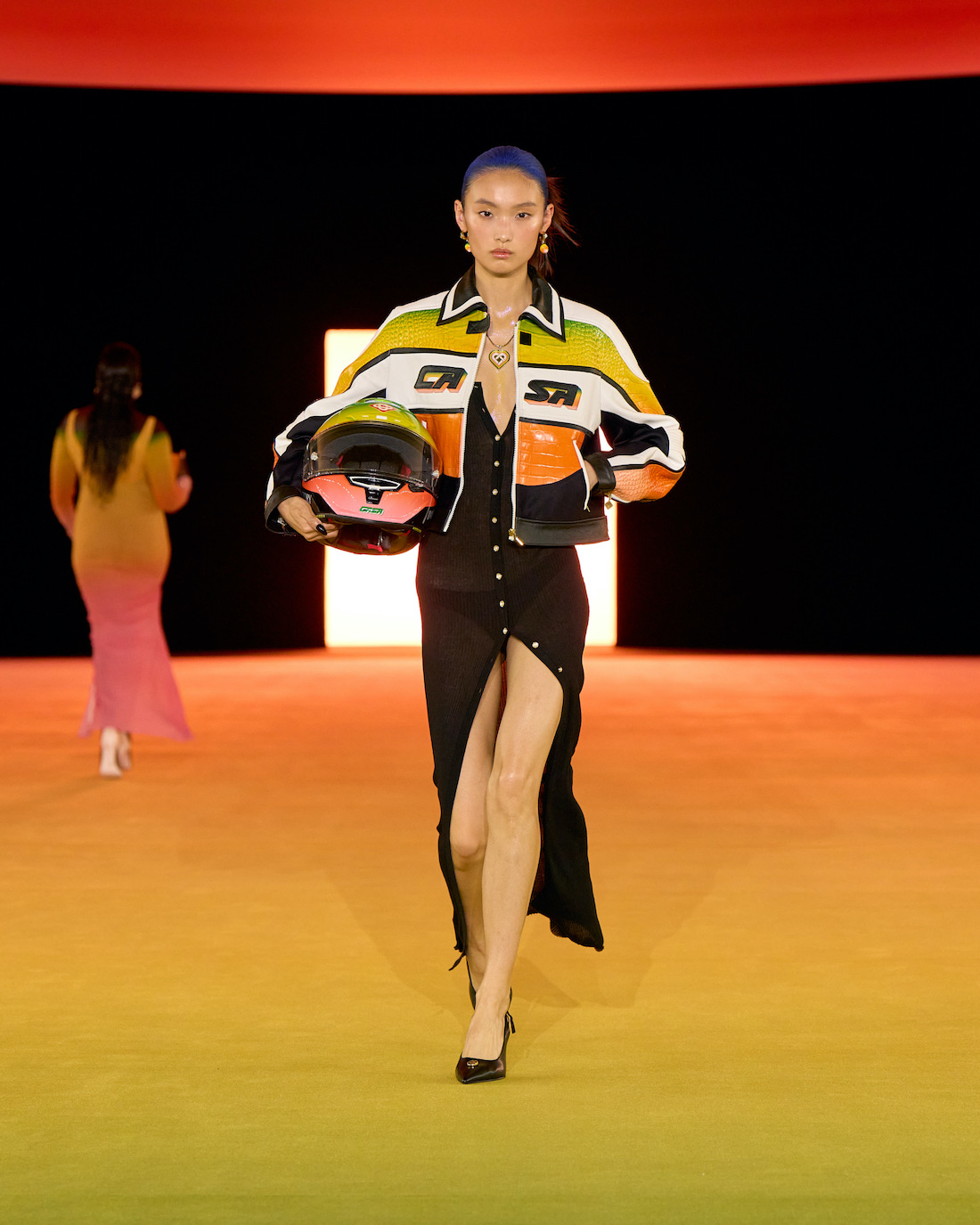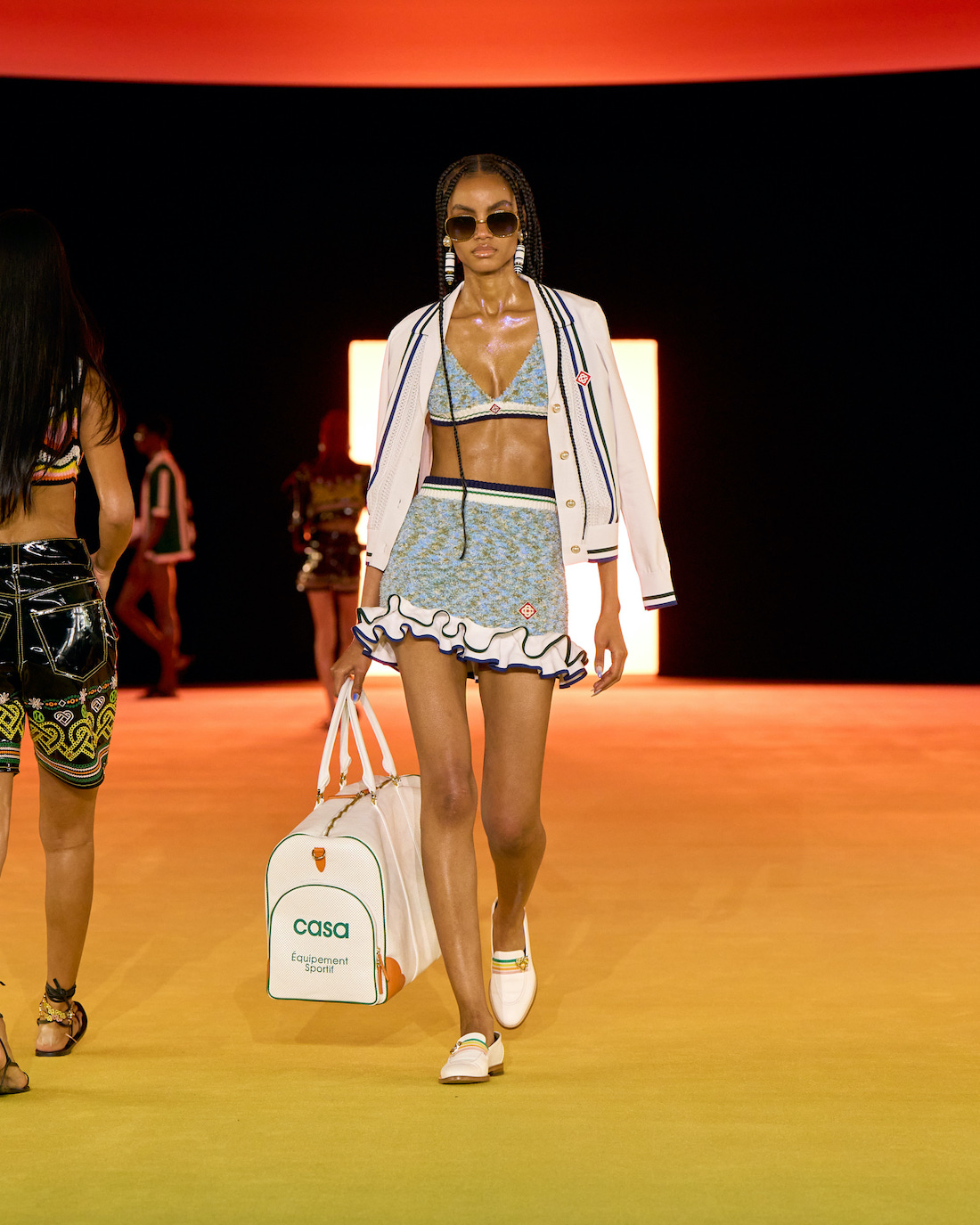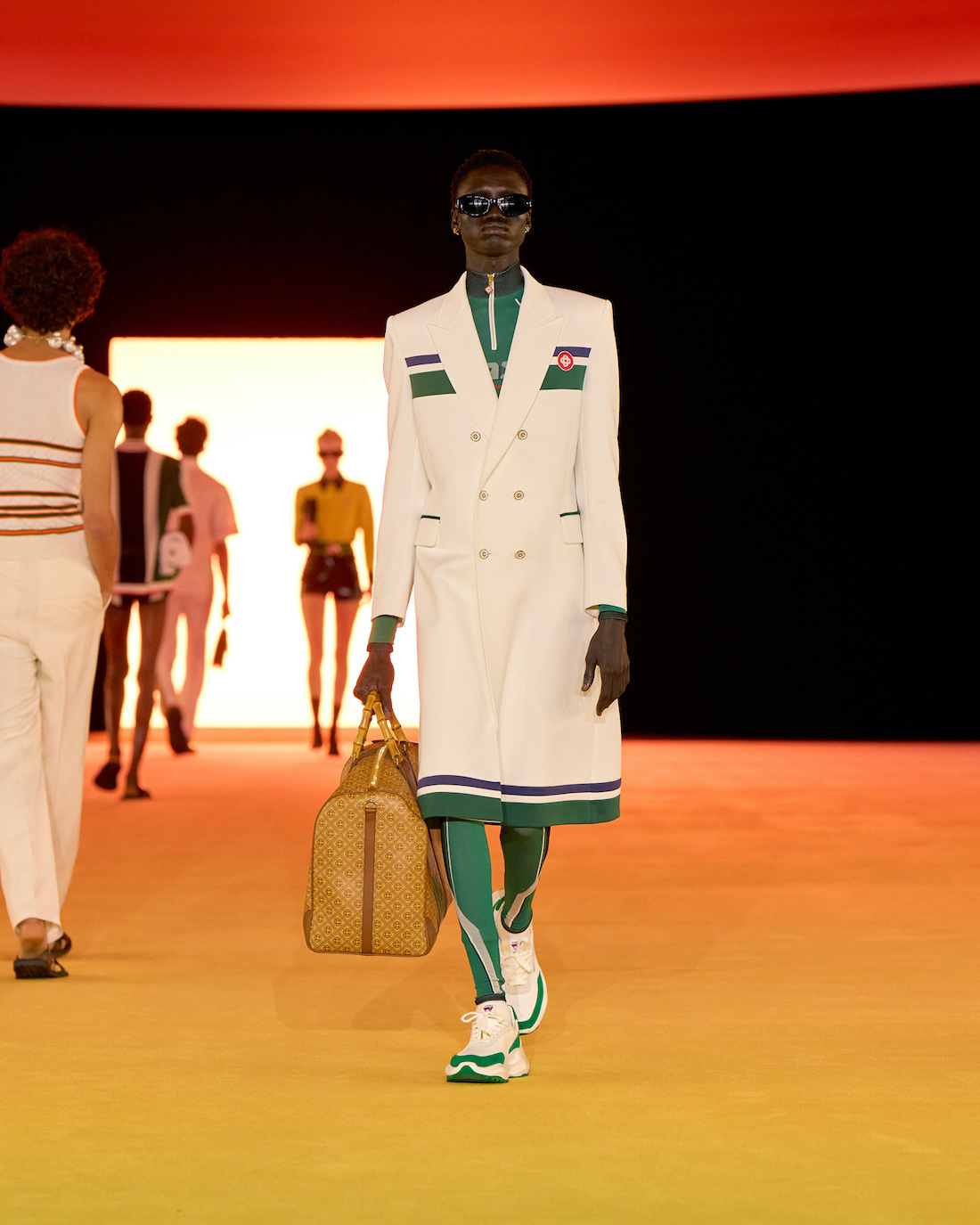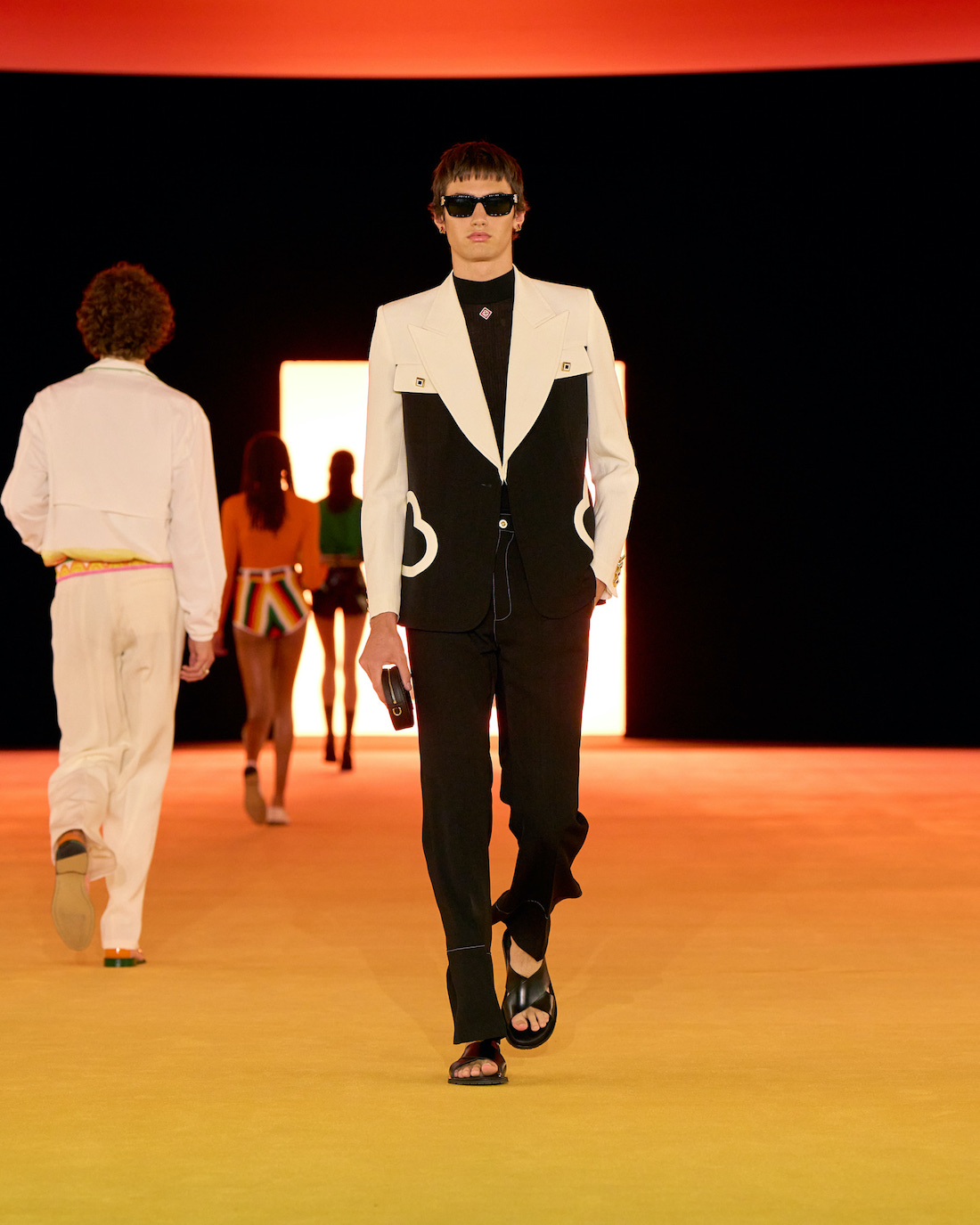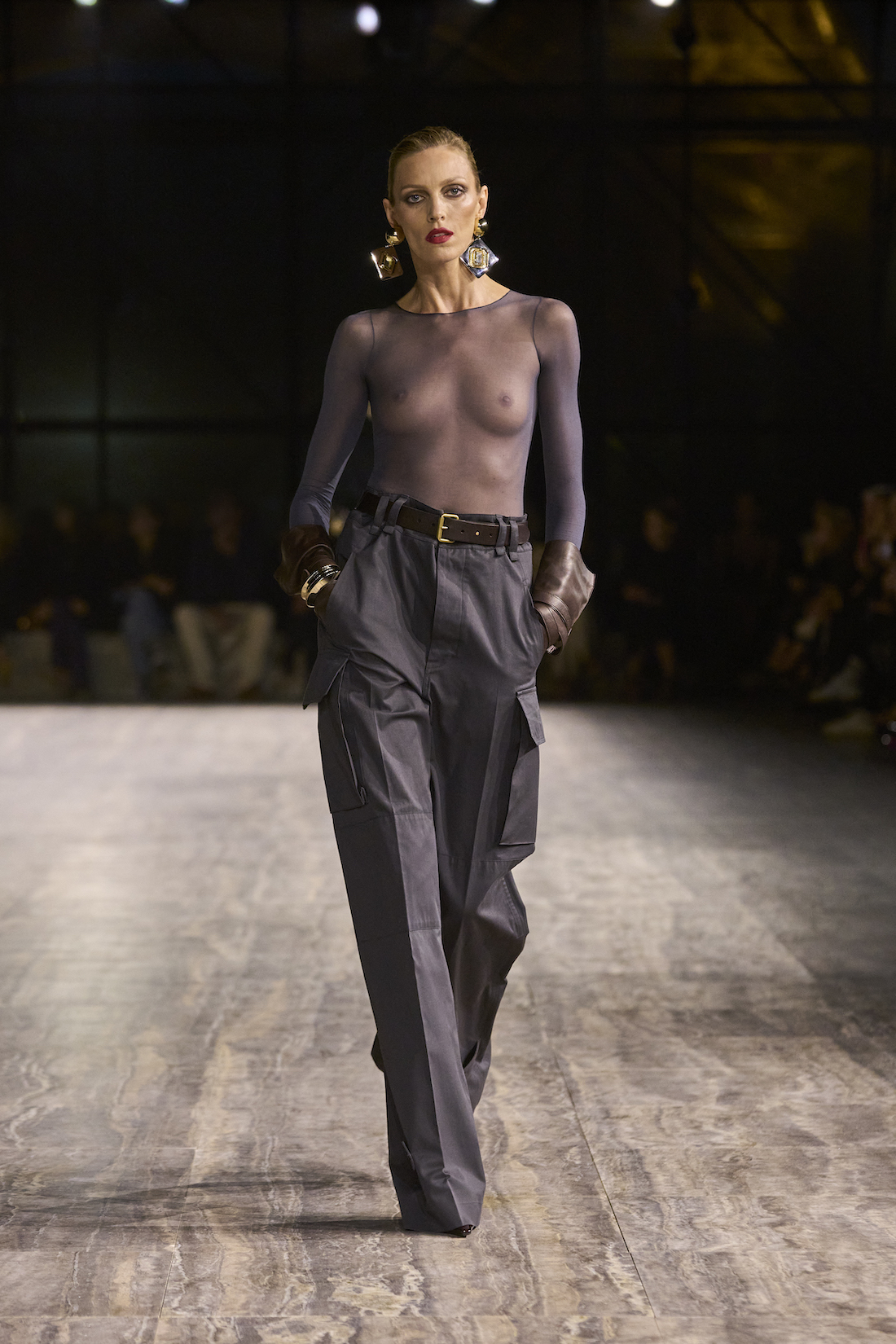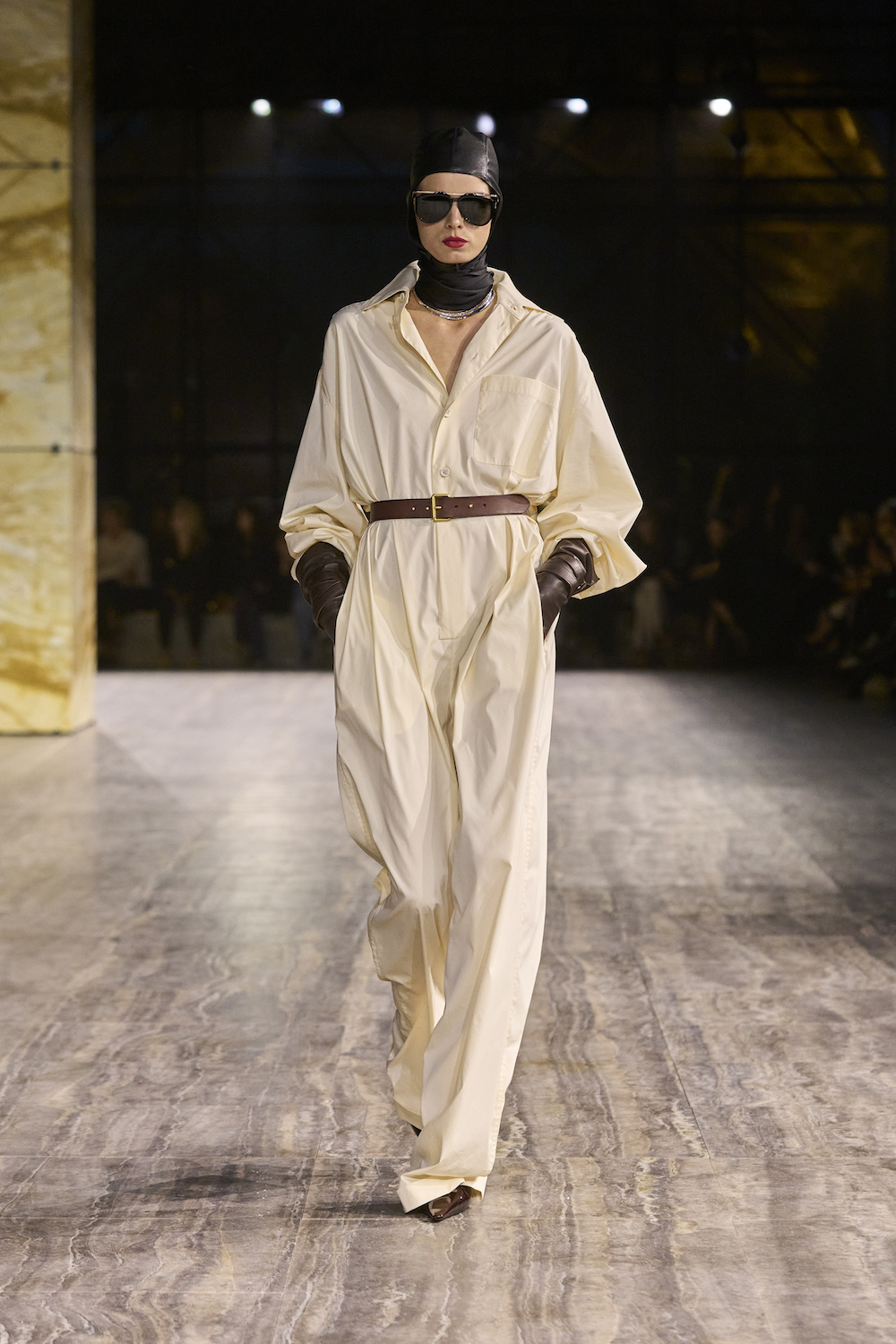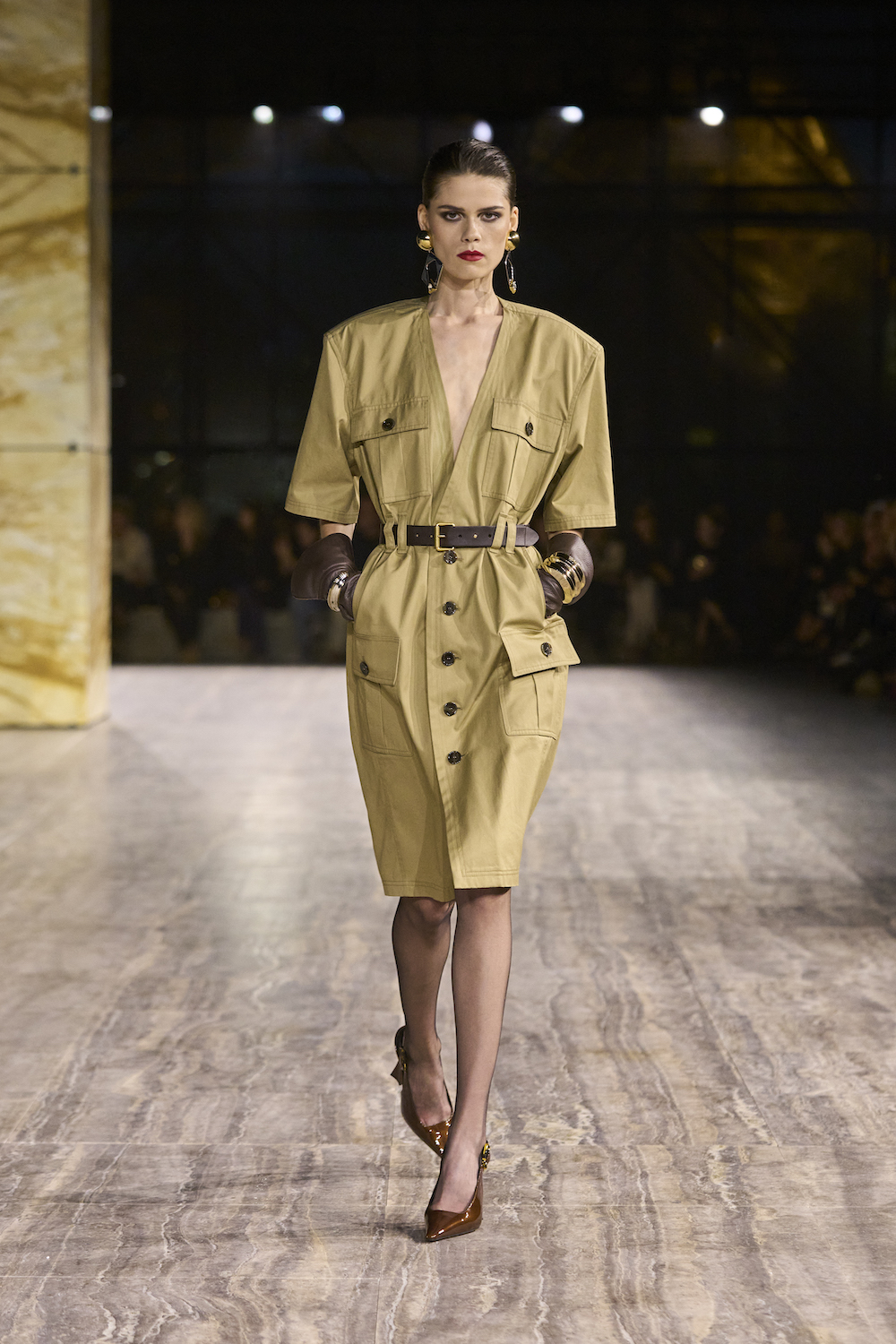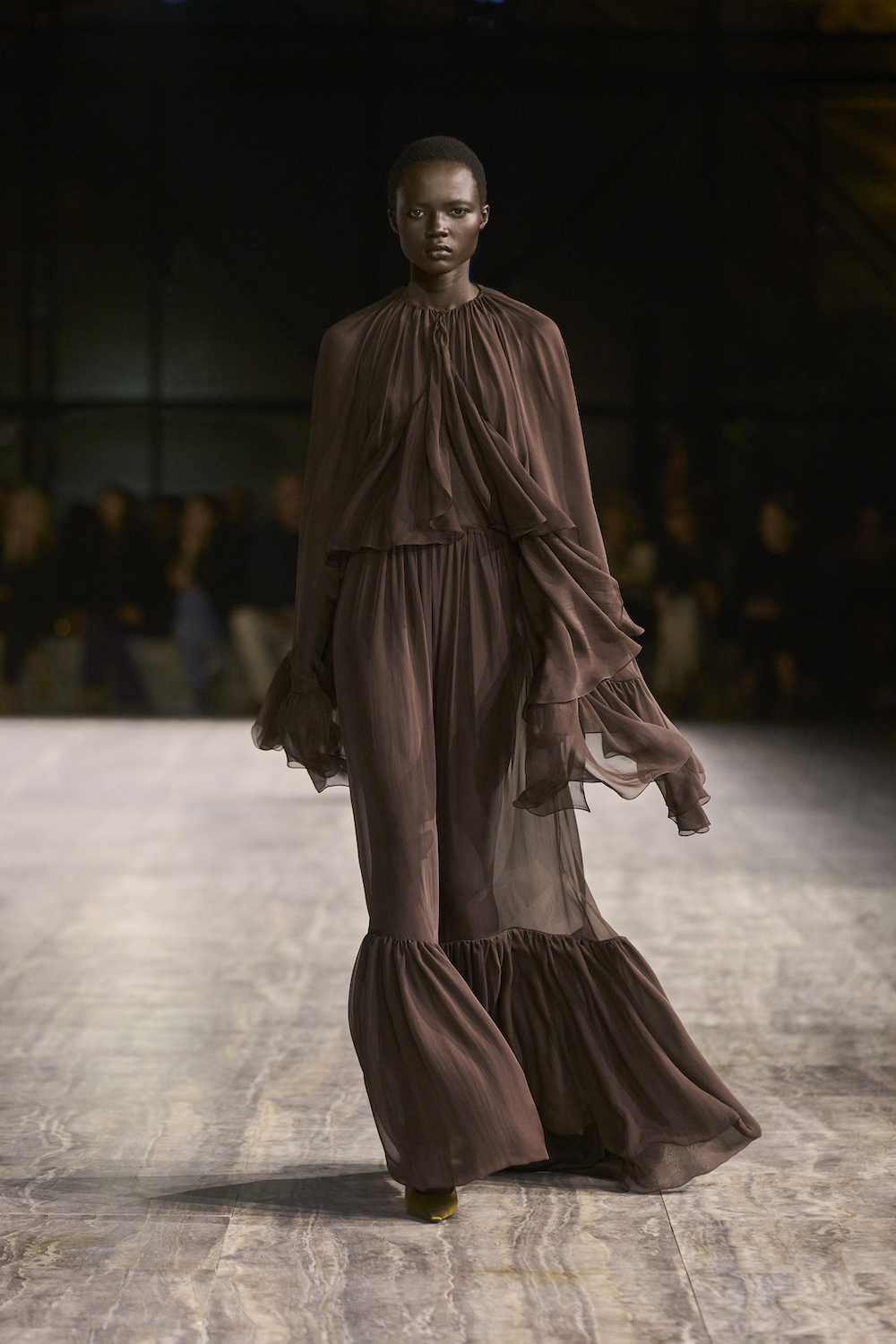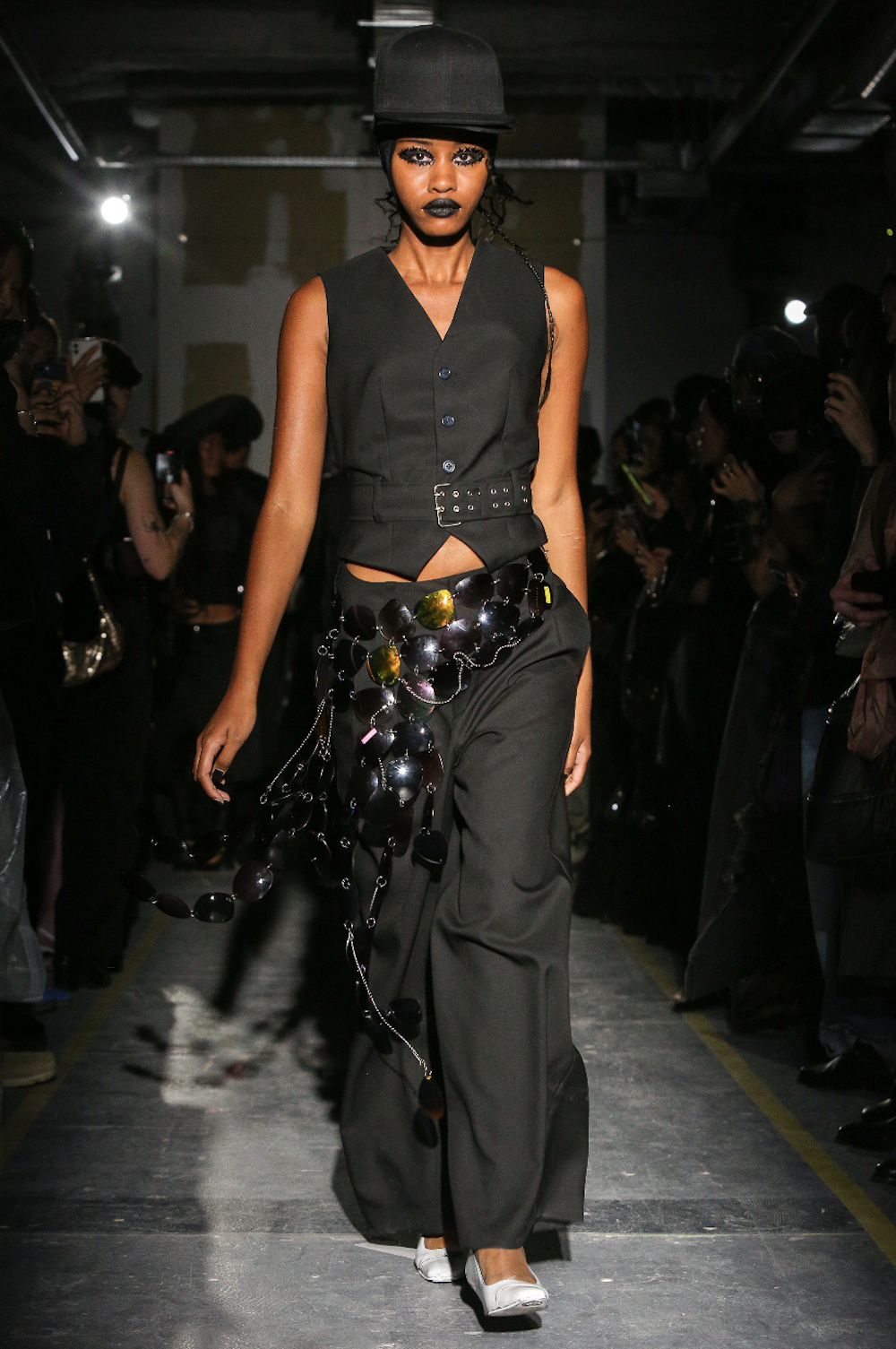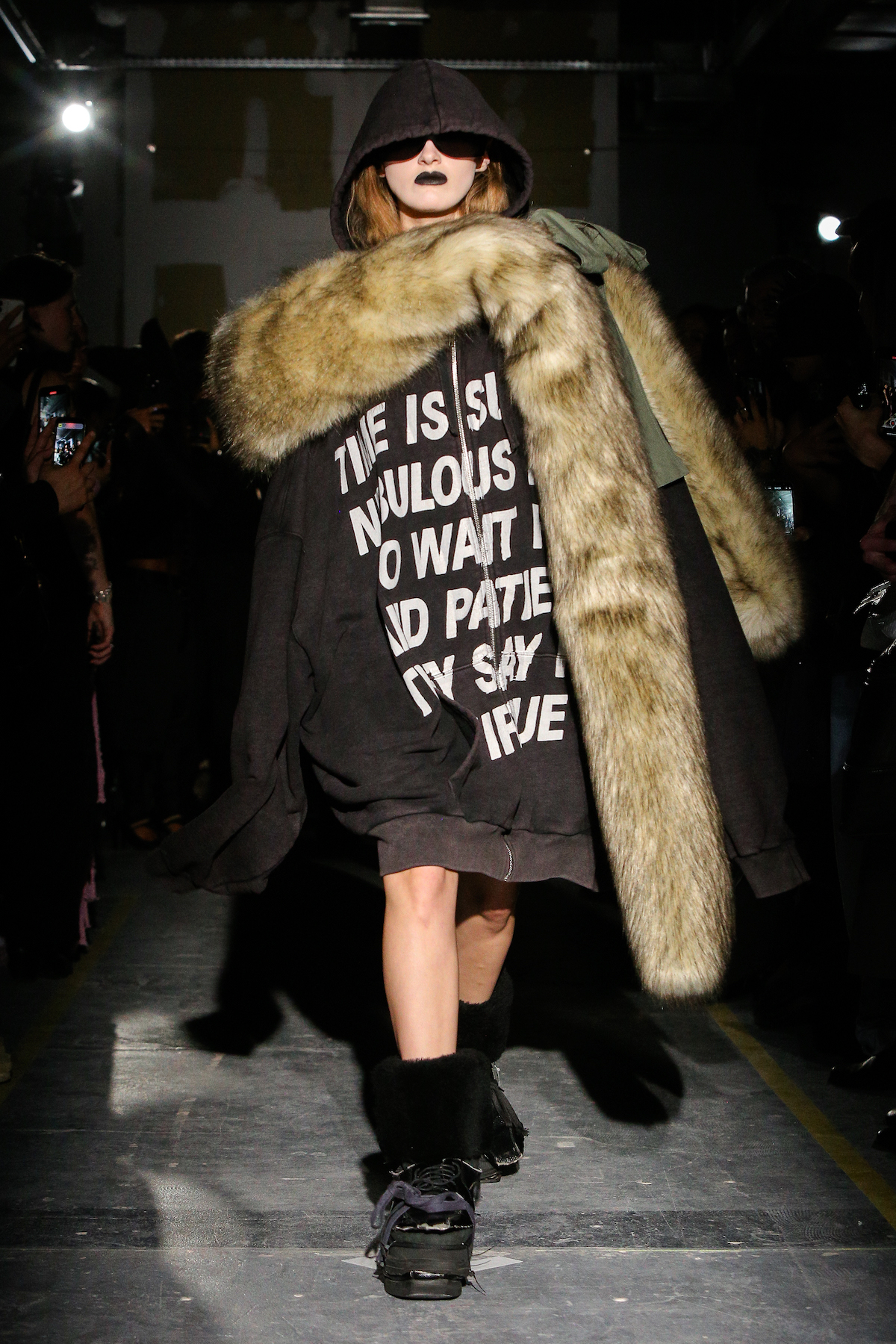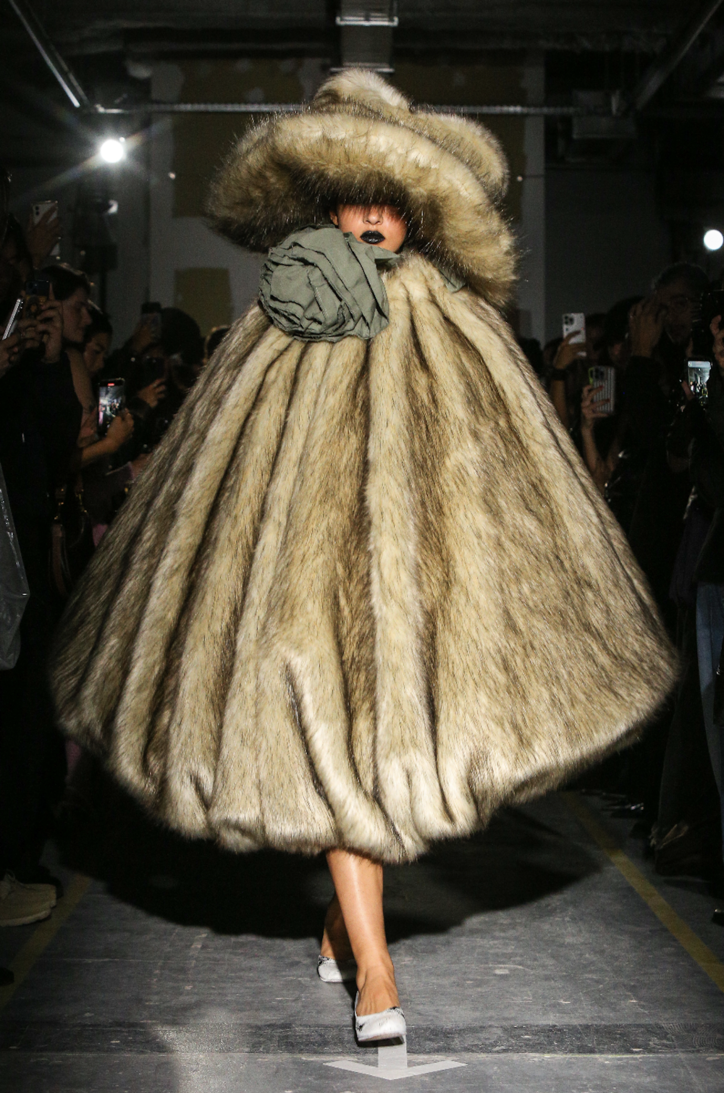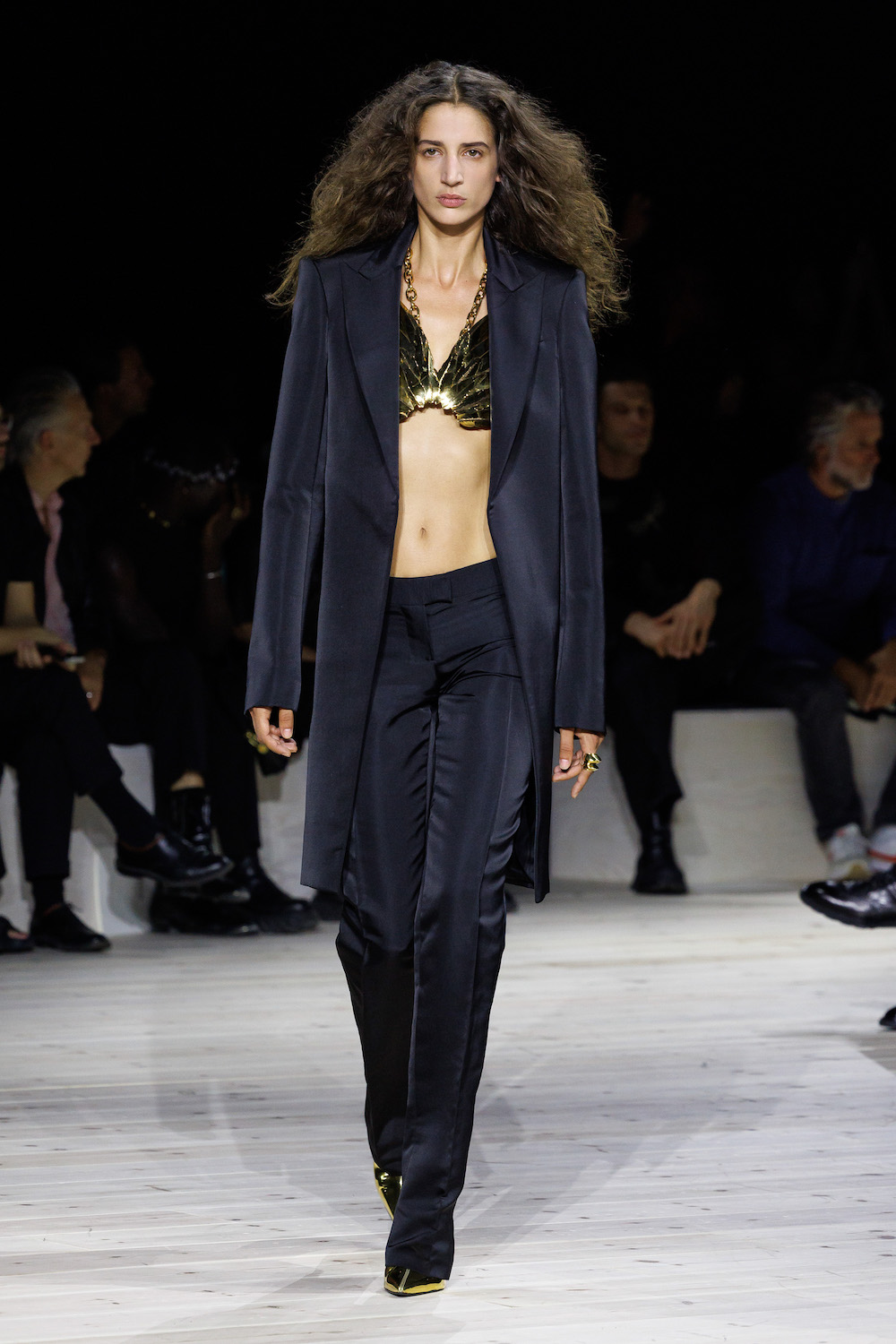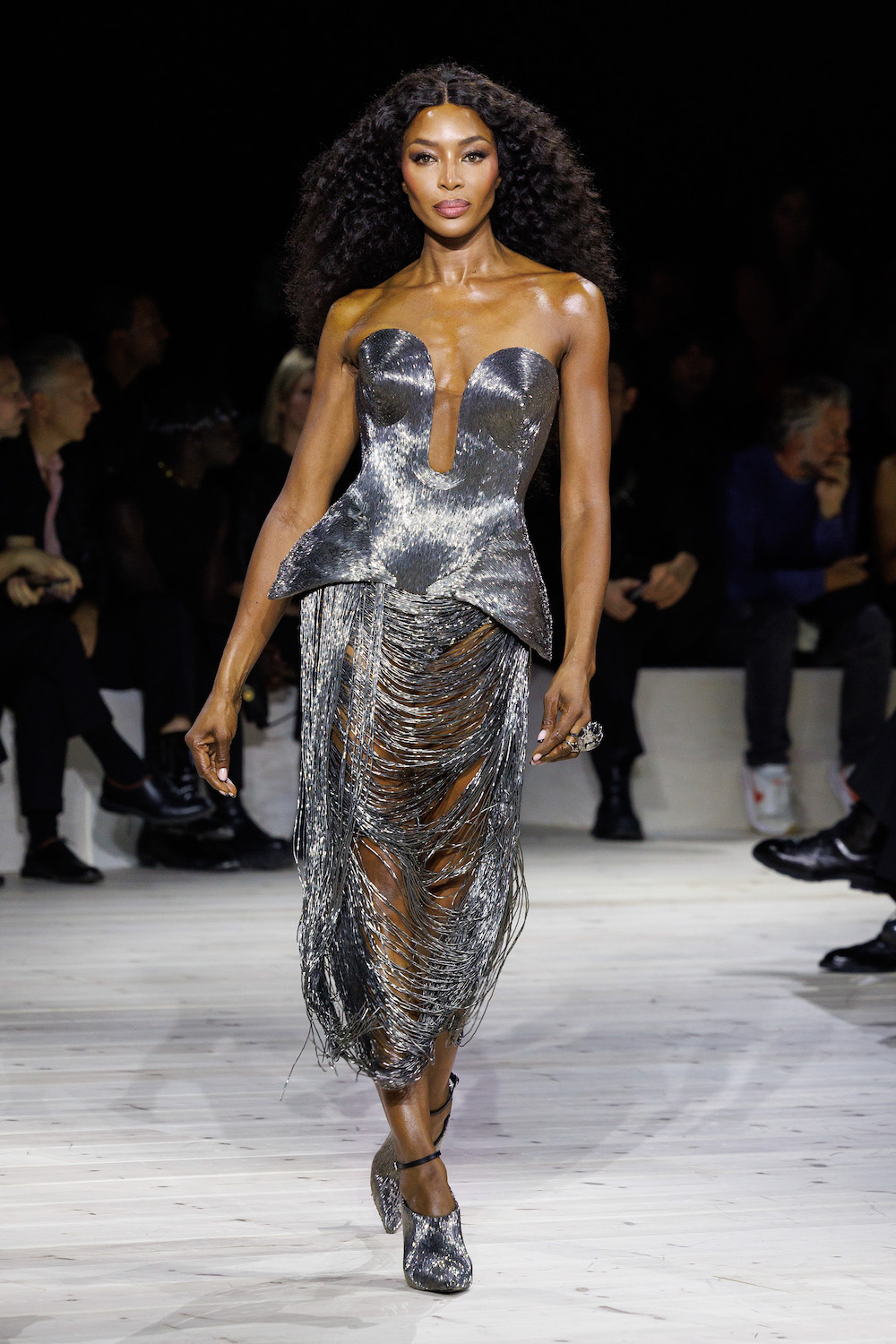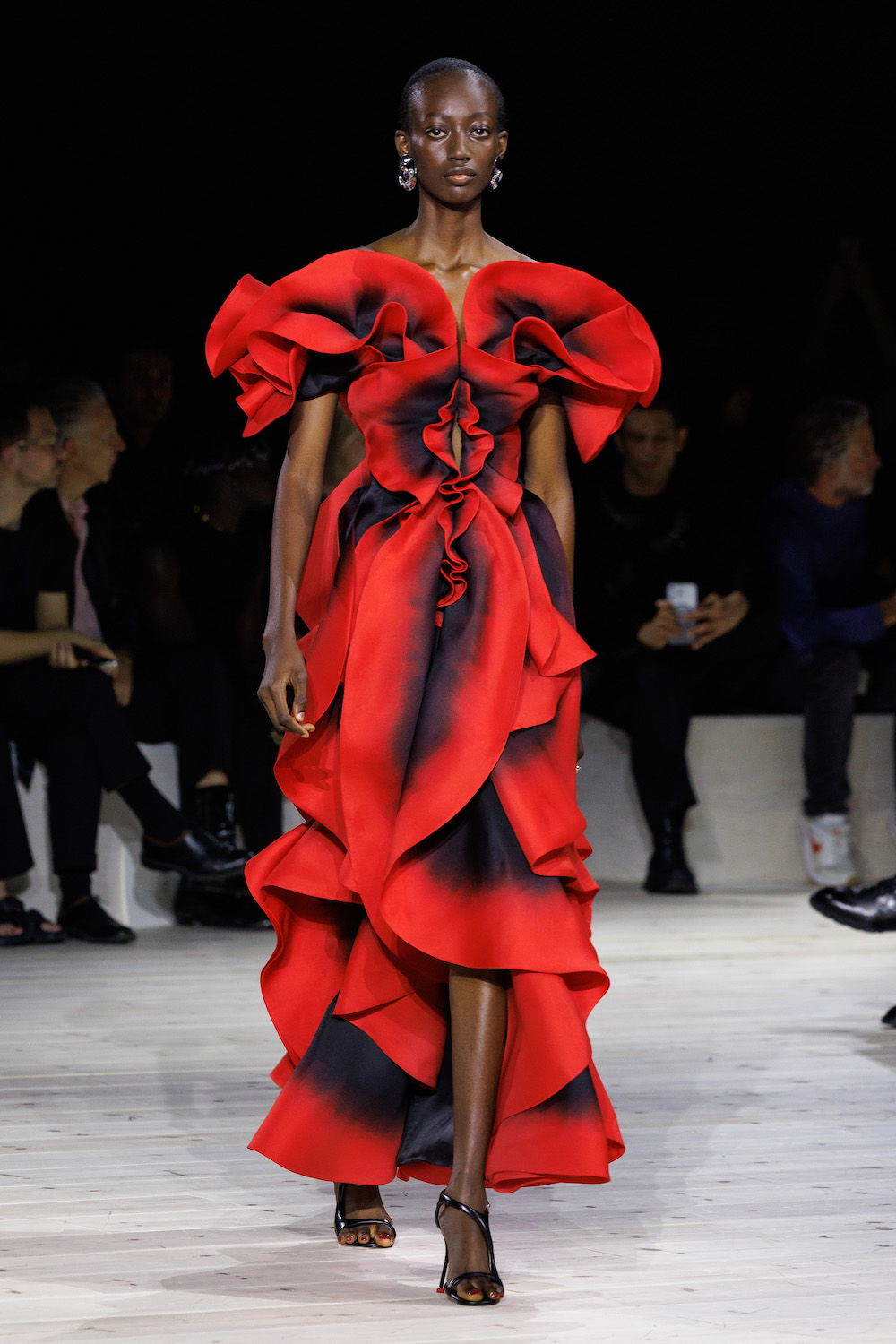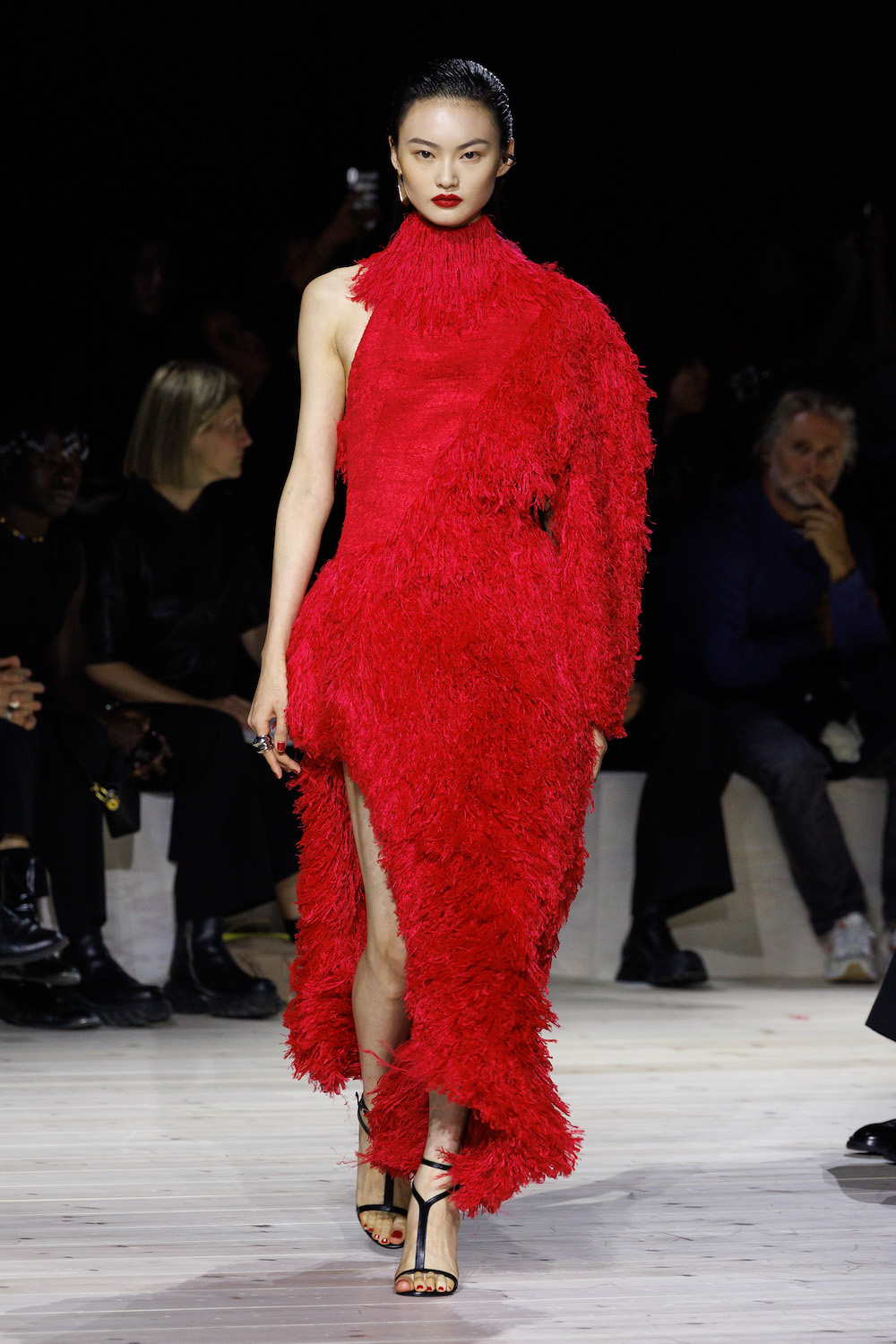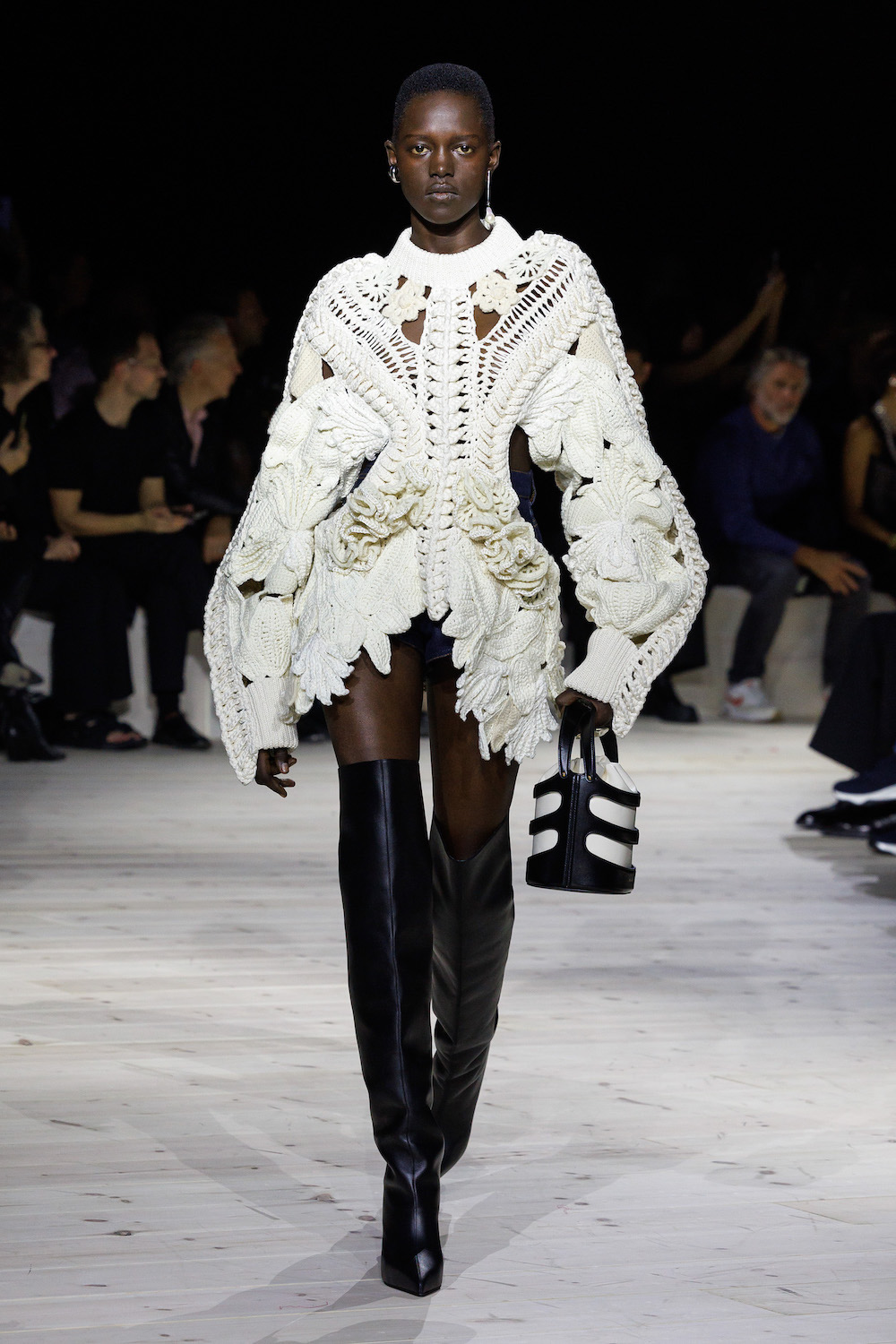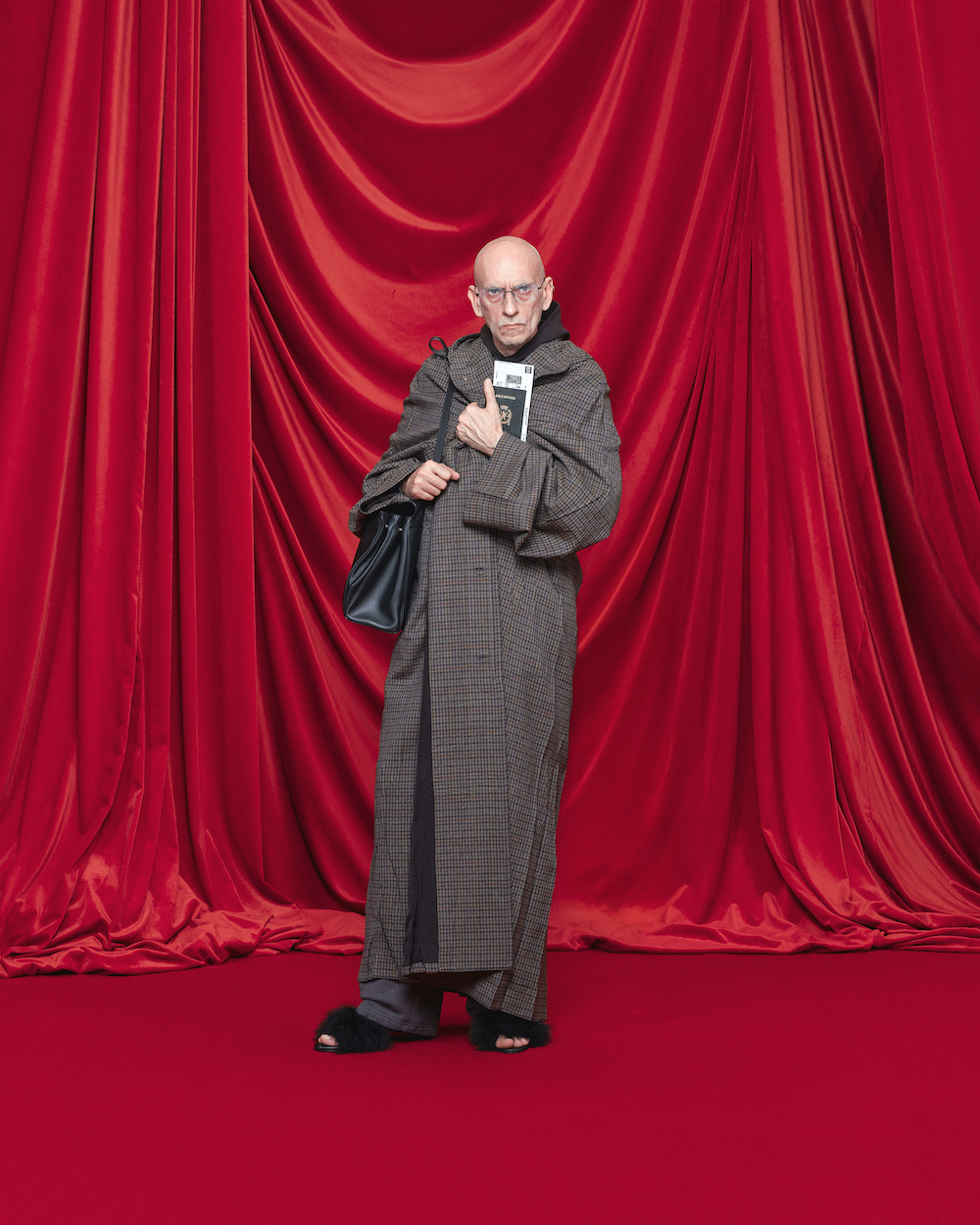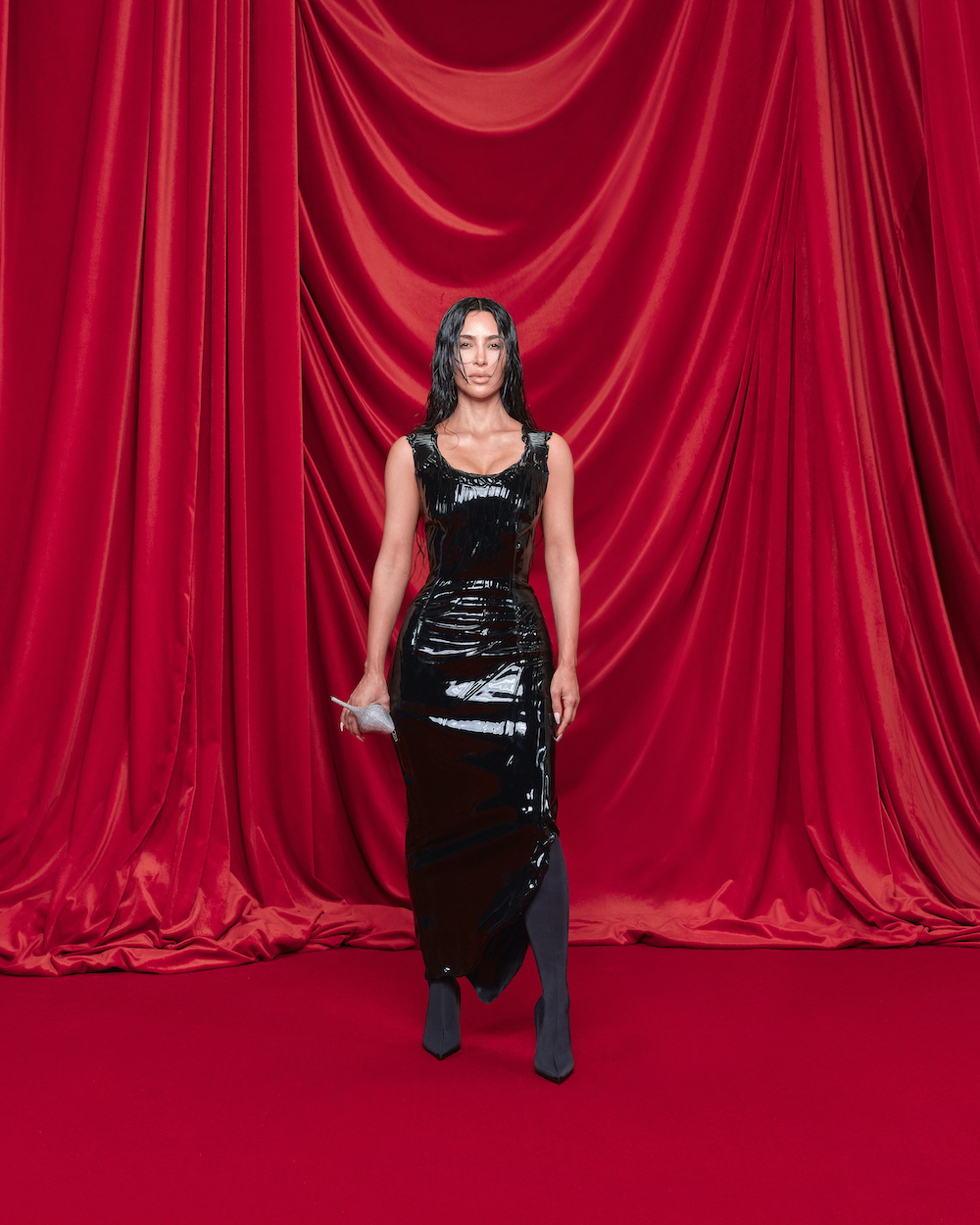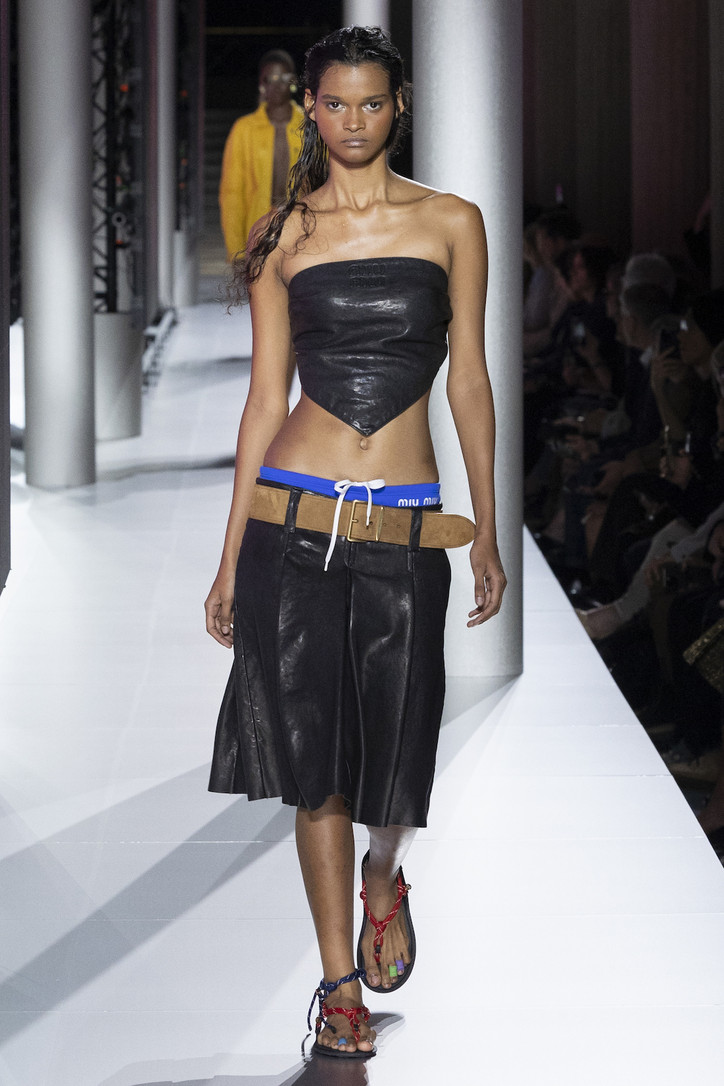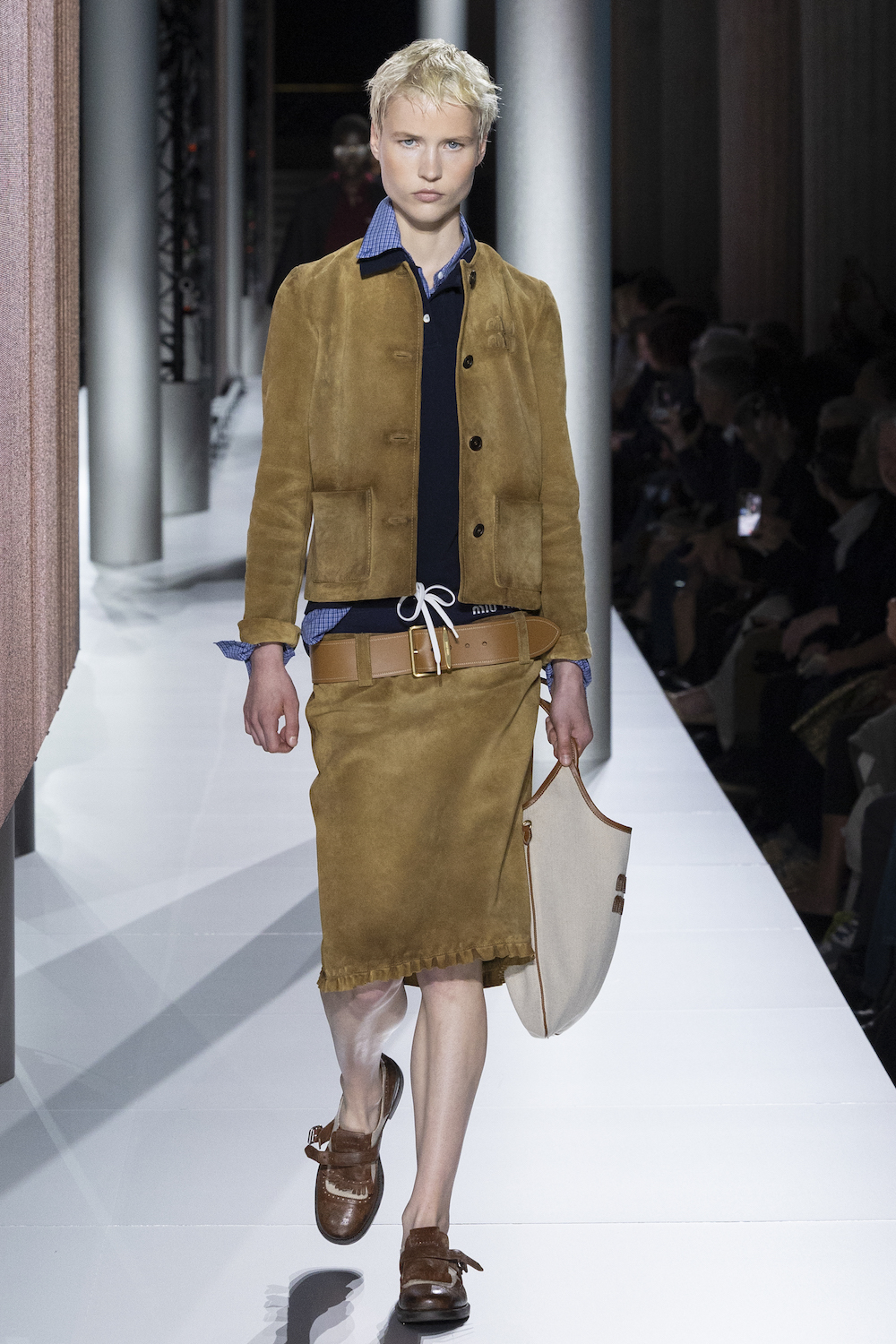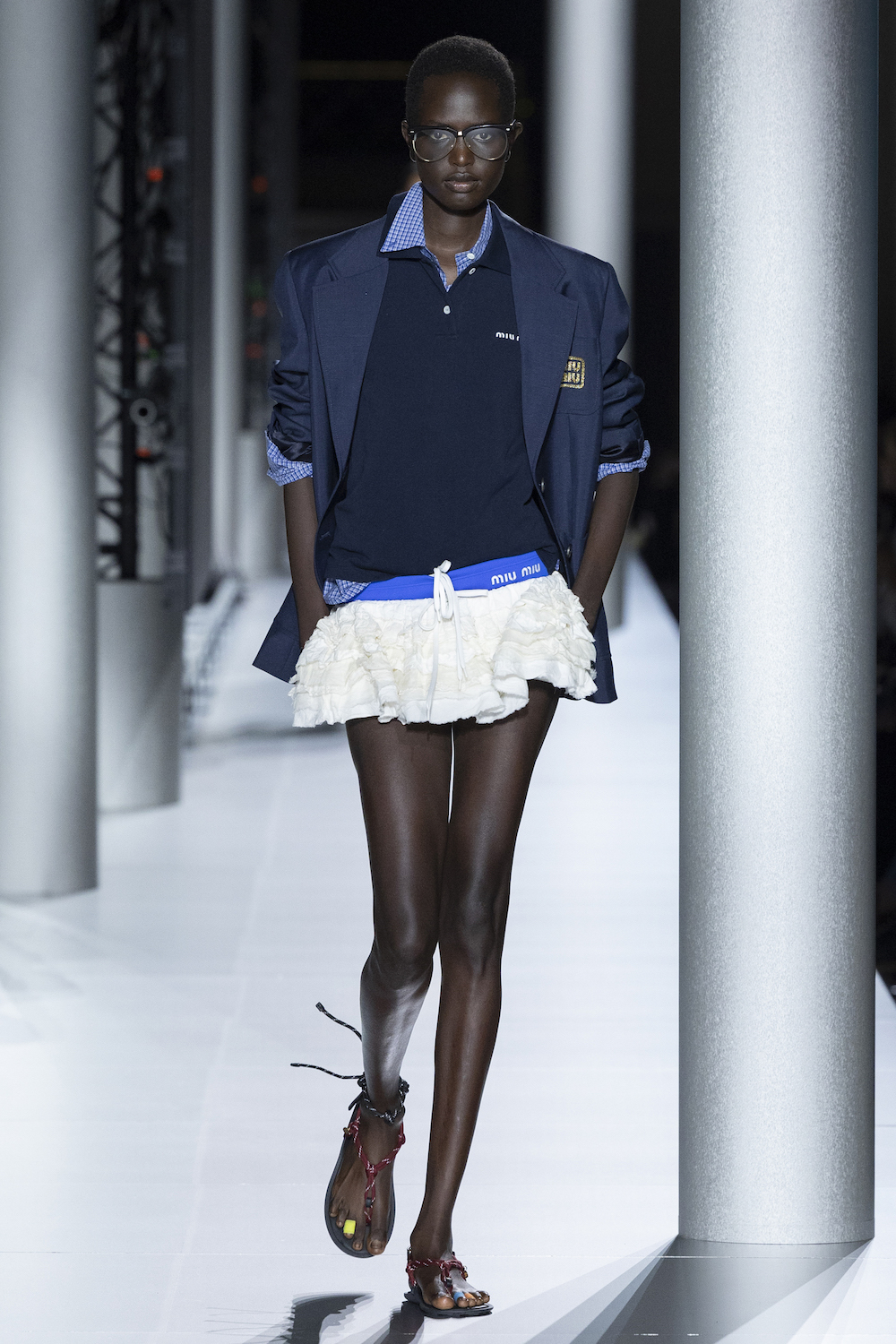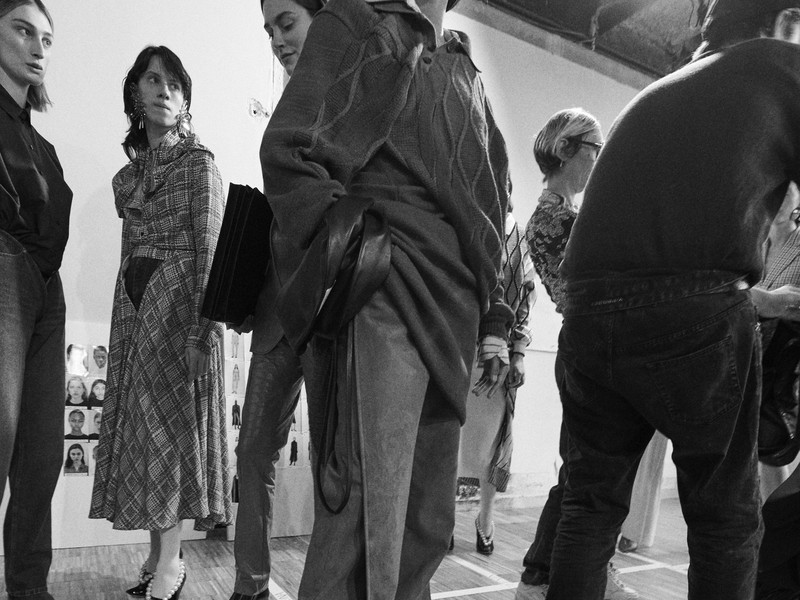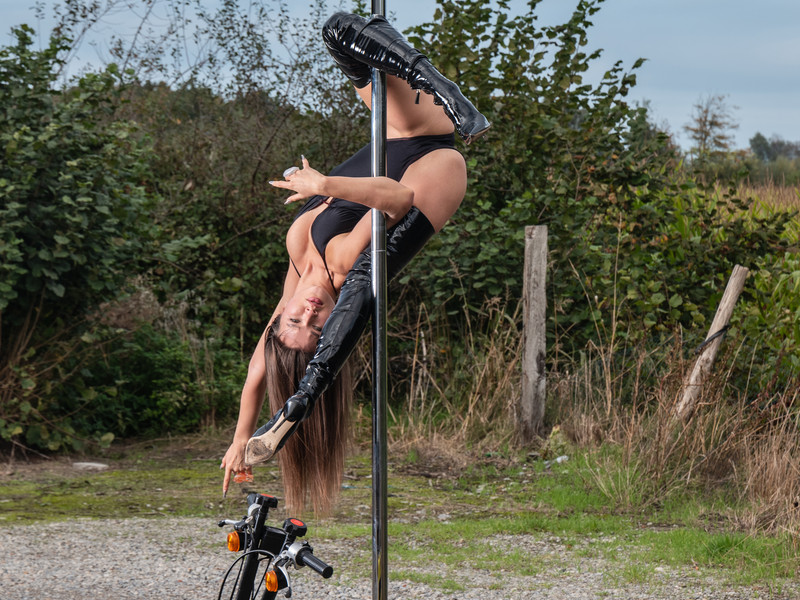So first of all, how are you doing? How have you been?
I'm doing well, thanks for asking. I am currently in Amsterdam as I write to you. It's been quite an eventful few months. Over the summer I worked on a photoshoot in France, I visited my family in Thunder Bay, Canada, then joined the Silk Laundry team at Project 166 in Australia and I’ve just returned from my second trip to South Africa with my dear friend Chloe Buiting (Jungle Doctor) all while moving into a new home in Barcelona. It's been a whirlwind of activity, to say the least. Life has been busy, but I've relished every moment and thrive on these experiences. I must admit though, I'm looking forward to returning to my new home after Paris Fashion Week and embracing a more familiar and sustainable routine for a little while.
How has the last year been for you creatively? Has the war in Ukraine affected your design process or your creative energy in any way?
Russia's genocidal war has been quite consuming for me. I have so much fire and anger inside that needs to be cooled. For a while I felt completely numb which isn’t great creatively. I felt as if I had nothing left to give. Now, I am just angry, which is better than numb. While the war in Ukraine has been a heartbreaking and deeply concerning global event, it has fueled my commitment to using fashion as a platform for positive change and storytelling.
How have your Ukrainian roots, mixed with your Canadian and Australian heritage influenced your design?
My diverse background has a deep impact on my design philosophy. Being a family with Eastern European roots and background, we were never frivolous. Growing up in Canada where it was blisteringly cold, you dress for survival most of the year, not necessarily for pleasure. In Australia where I spent my latter 20 years, I was predominately in Queensland, where it is hot and humid. Putting on clothes gave me anxiety most mornings for ¾ of the year as I started to overheat as soon as I got out of the shower. Now, I design for myself, but that also means I dress and design for longevity. My history and living situations have given me a unique perspective, and I believe this fusion of backgrounds has contributed to the brand's distinct aesthetic.
You mention having a timeless edge and using natural fibers in your design ethos. What pushes you to navigate beyond trends?
The desire to create sustainable and timeless fashion has always been at the heart of Silk Laundry. I firmly believe that clothing should endure beyond fleeting trends. Our focus on natural fibres stems from a commitment to ethical and eco-friendly practices. These fibers not only offer comfort and quality, but also align with our dedication to conscious living. By being aware of trends yet prioritizing natural materials, we create pieces that stand the test of time and contribute to a more conscious fashion industry.
What are your hero pieces? And how would you unpack your creative identity?
One of our hero pieces is undoubtedly the 90s Silk Slip Dress, which remains a staple in all our collections. It epitomizes our commitment to classic design and the use of natural, luxurious silk. This piece has a unique ability to adapt to different body shapes and has been cherished by our community for its versatility.
Regarding my creative identity, it's deeply rooted in a passion for conscious living, sustainability, and storytelling. I view fashion as a canvas for expressing important messages and advocating for causes close to my heart. Through Silk Laundry, I’m creating pieces that not only make individuals feel good but also spark conversations and inspire positive change.
Congratulations on your traditional farming investment and Project 166. Can you talk us through the experience and your role in this project?
In 2022, my husband Reece and I purchased a 1200-acre plot of land that had suffered from degradation and desertification due to conventional farming and logging. This marked the beginning of Project 166, which has now become an official charity. Our main focus is on carbon sequestration and land regeneration, achieved through planting trees and restoring the native flora. The project is dedicated to offsetting carbon emissions. We’ve committed to plant trees on behalf of each person in our collective businesses, which currently comprises approximately 1000 staff. Our initial goal is to plant 166,000 trees, and we’re already on our way there. We've currently planted over 15,000 trees.
Project 166 is something my Silk Laundry team and I work on quietly in the background, while designing and selling clothing collections that inspire positive change. We’re extremely grateful to everyone who dedicates their time to this cause.

